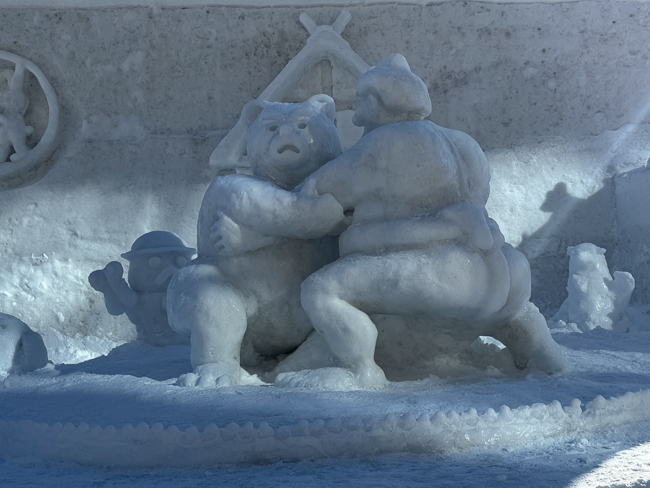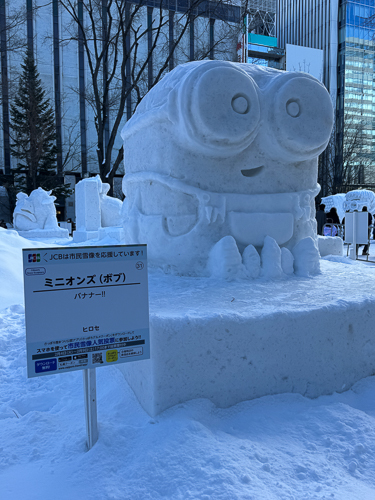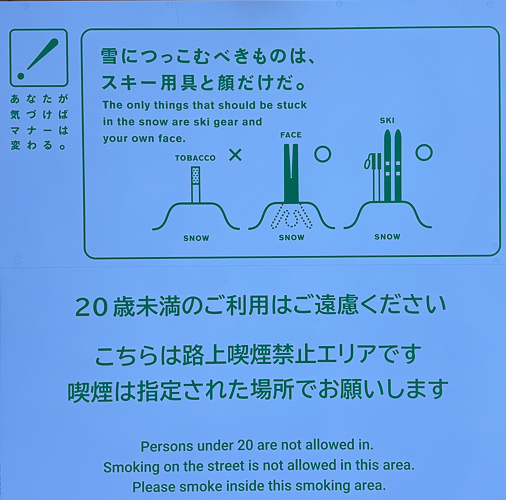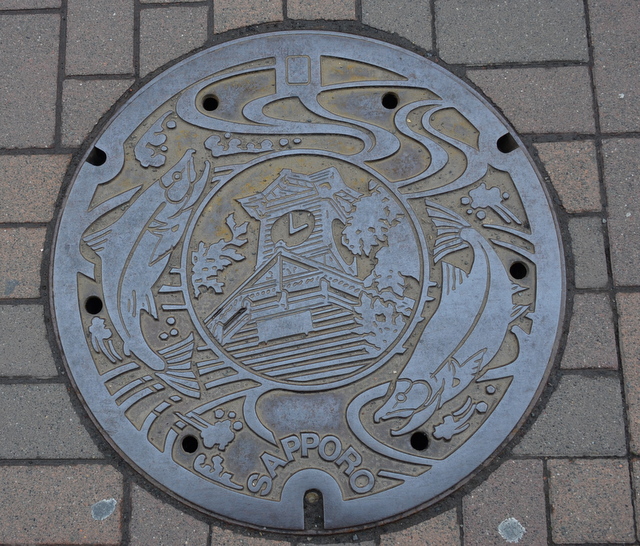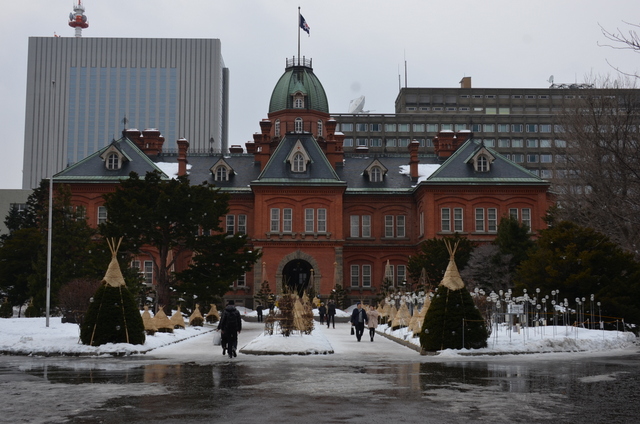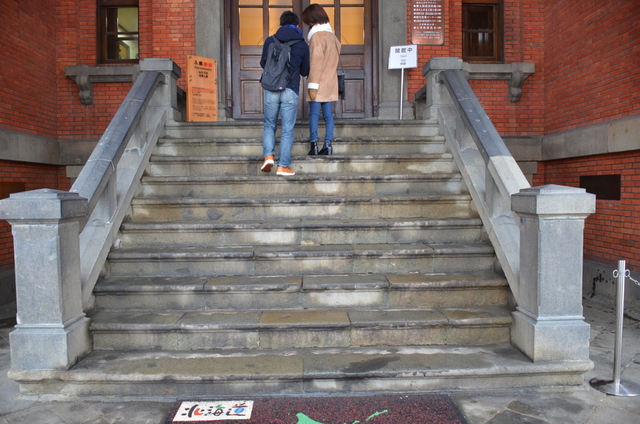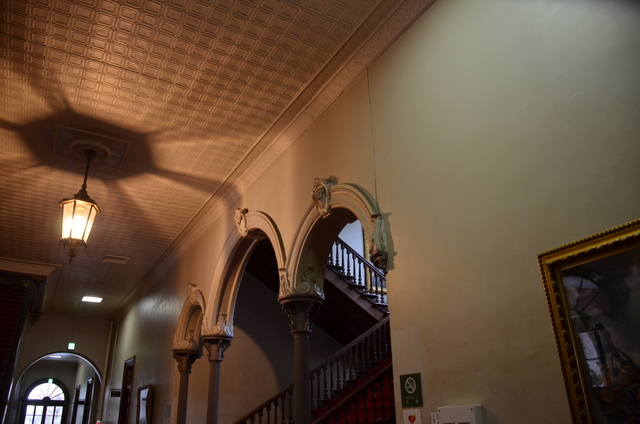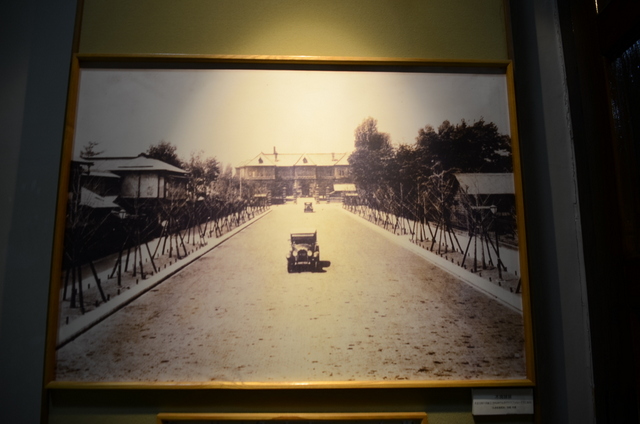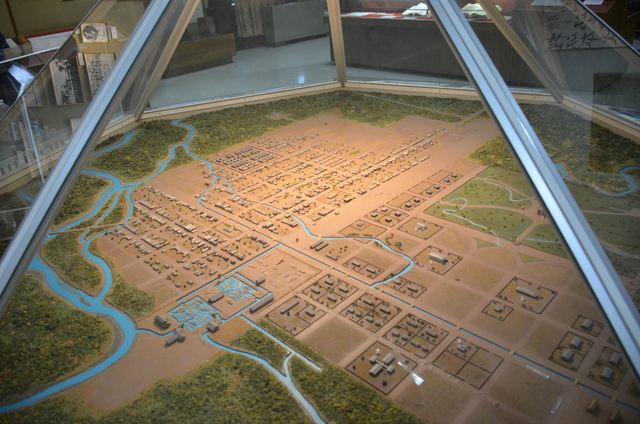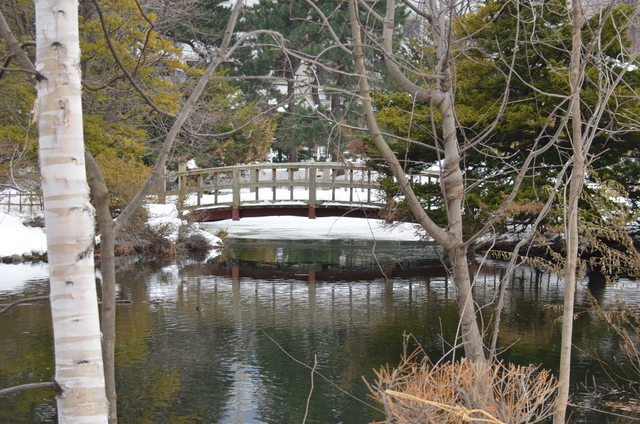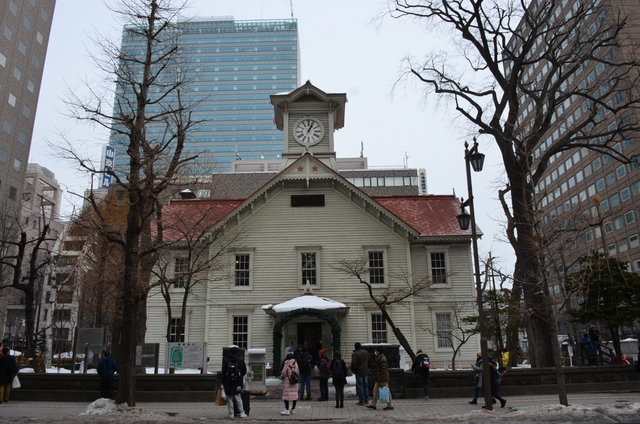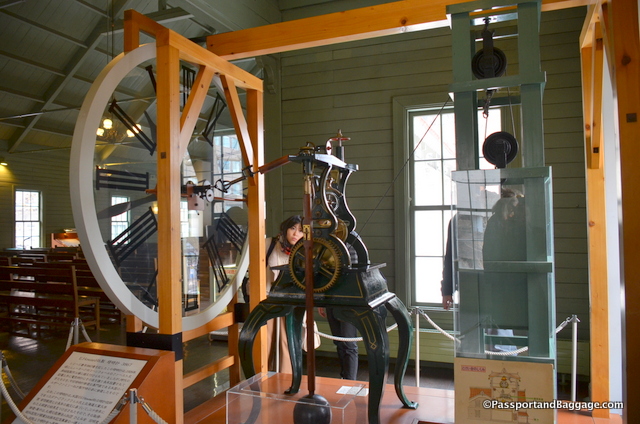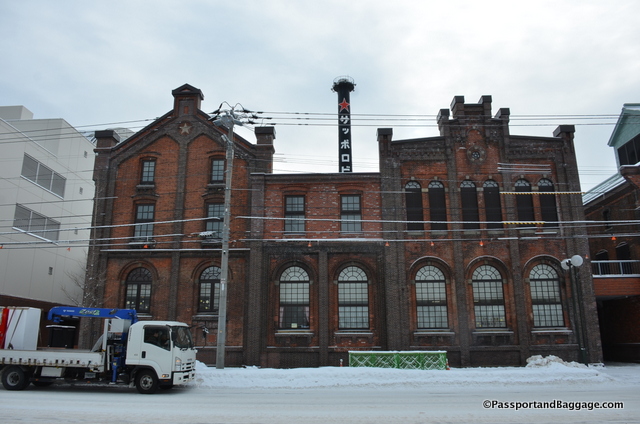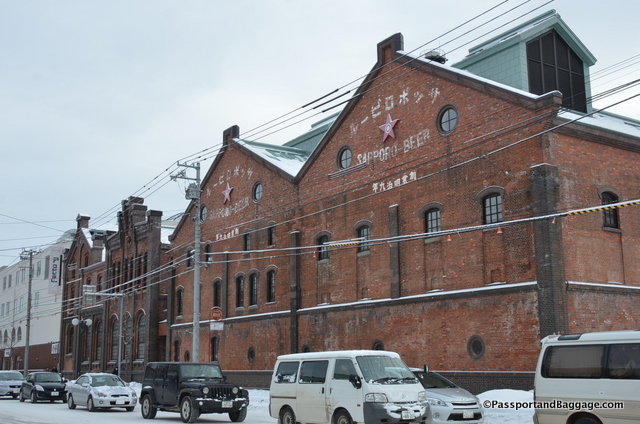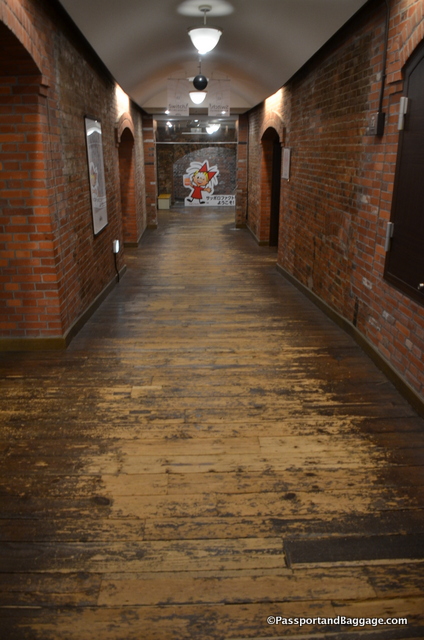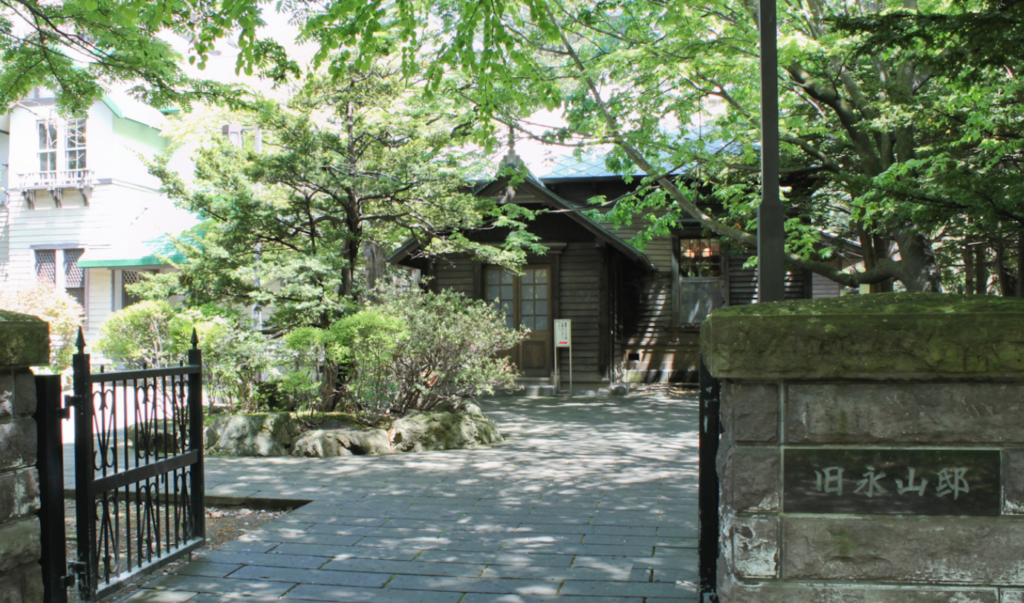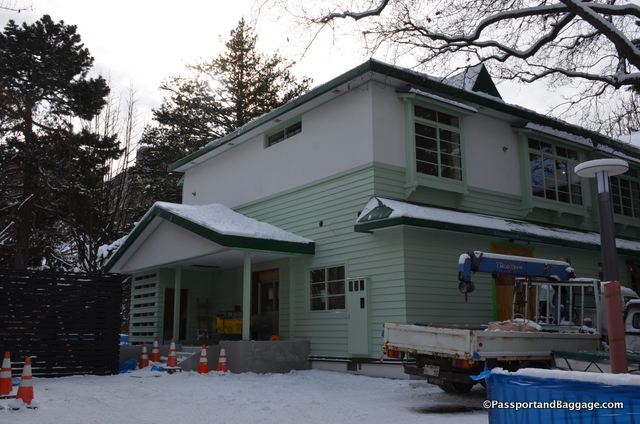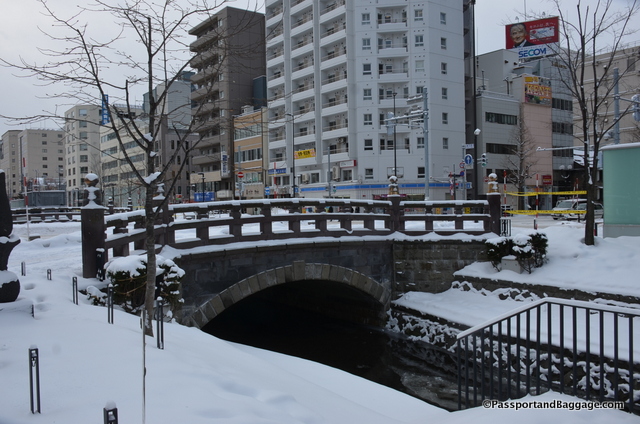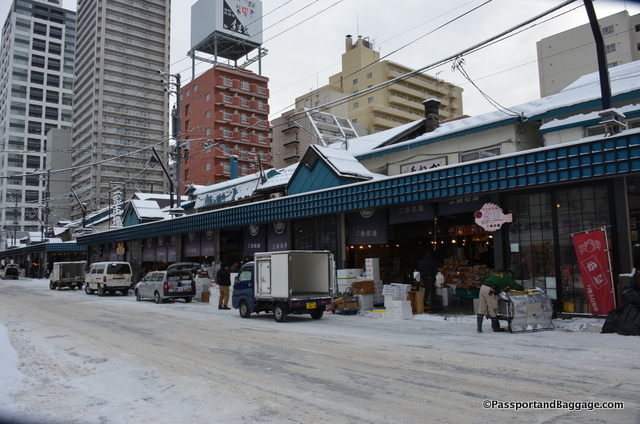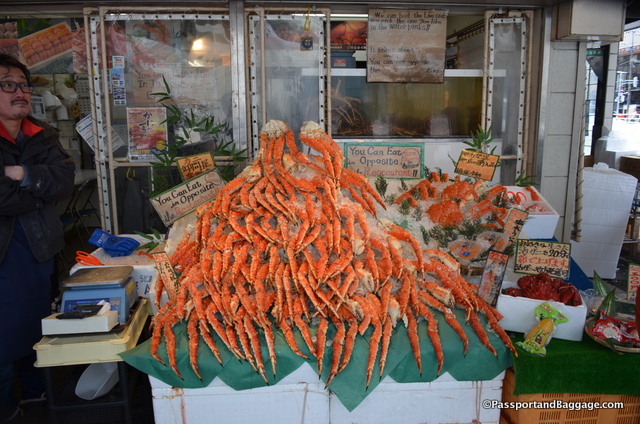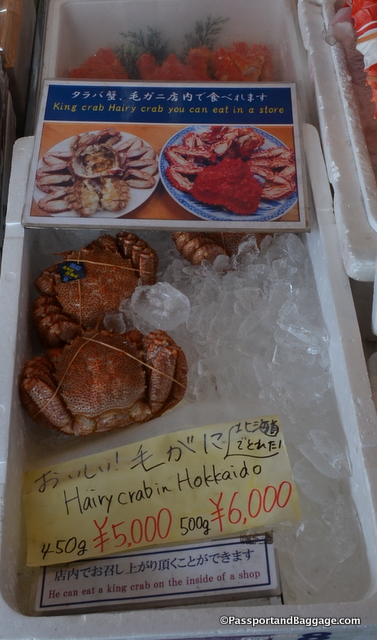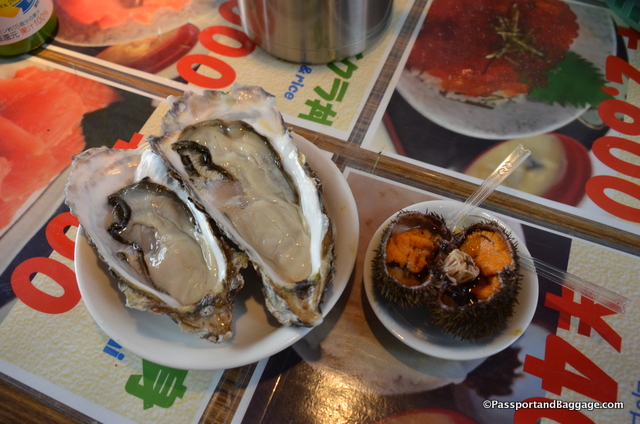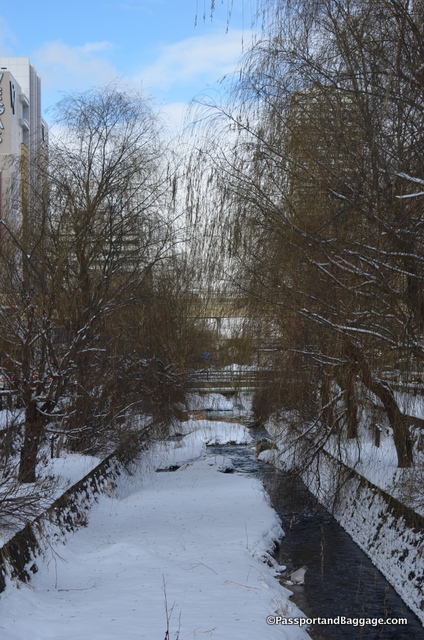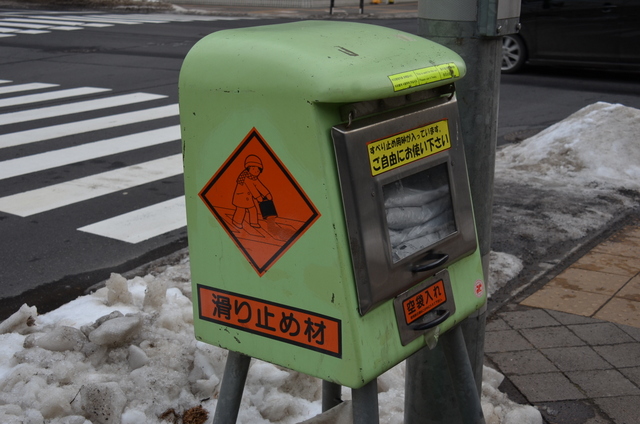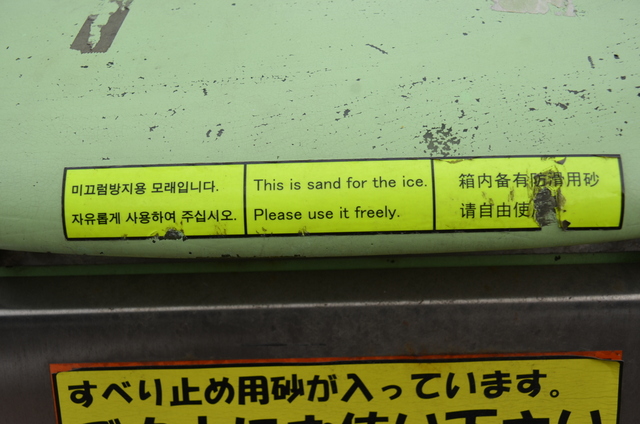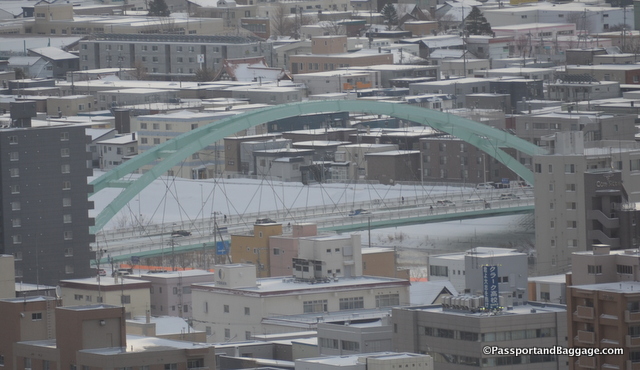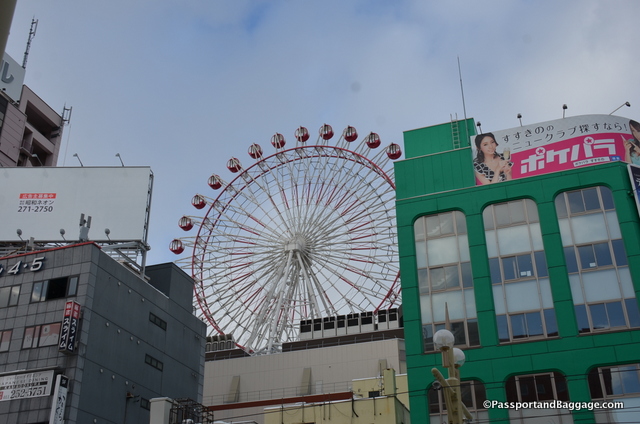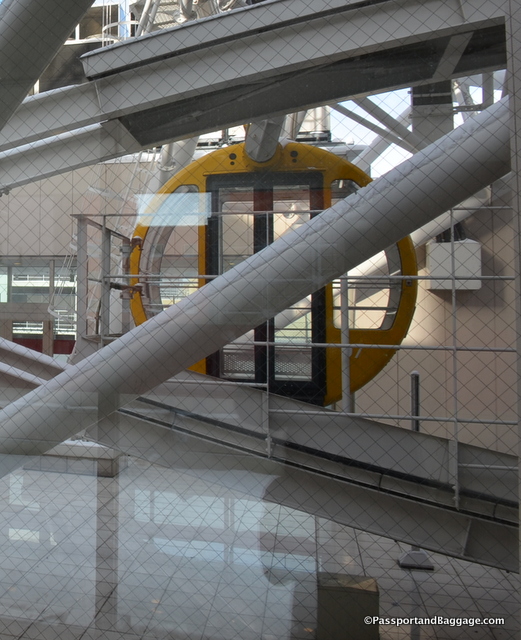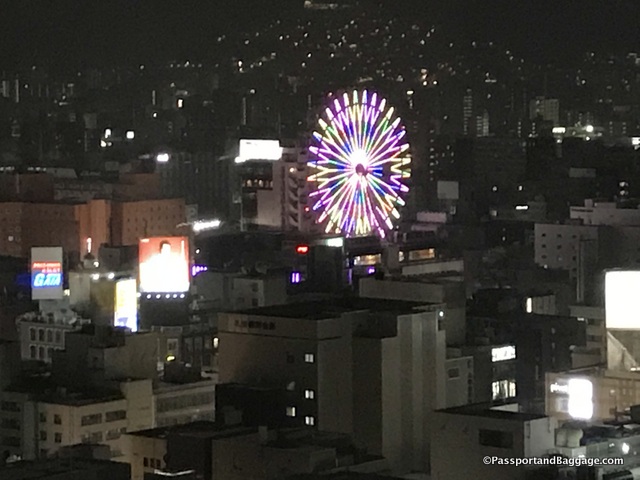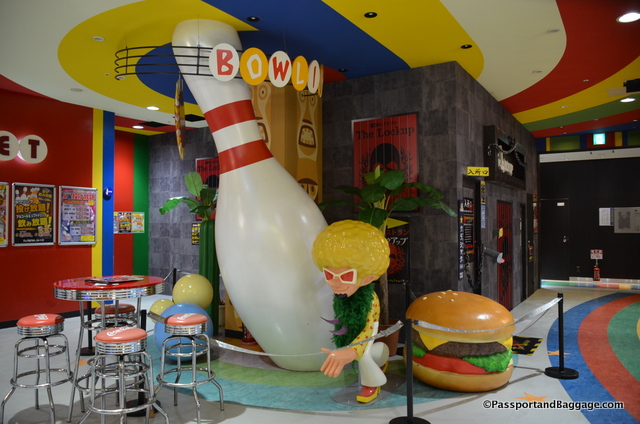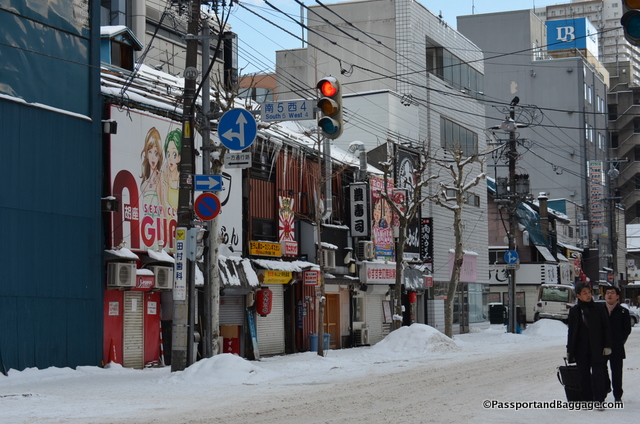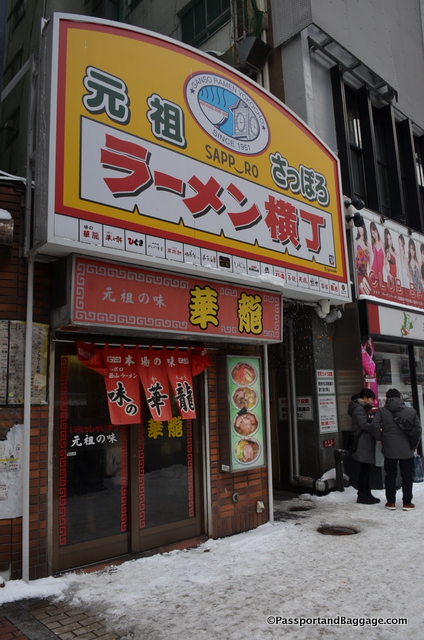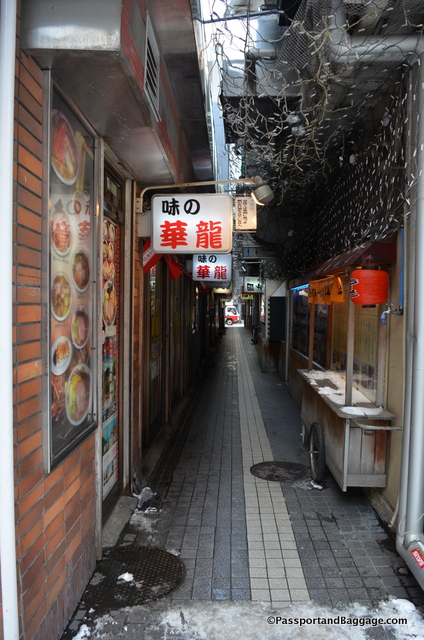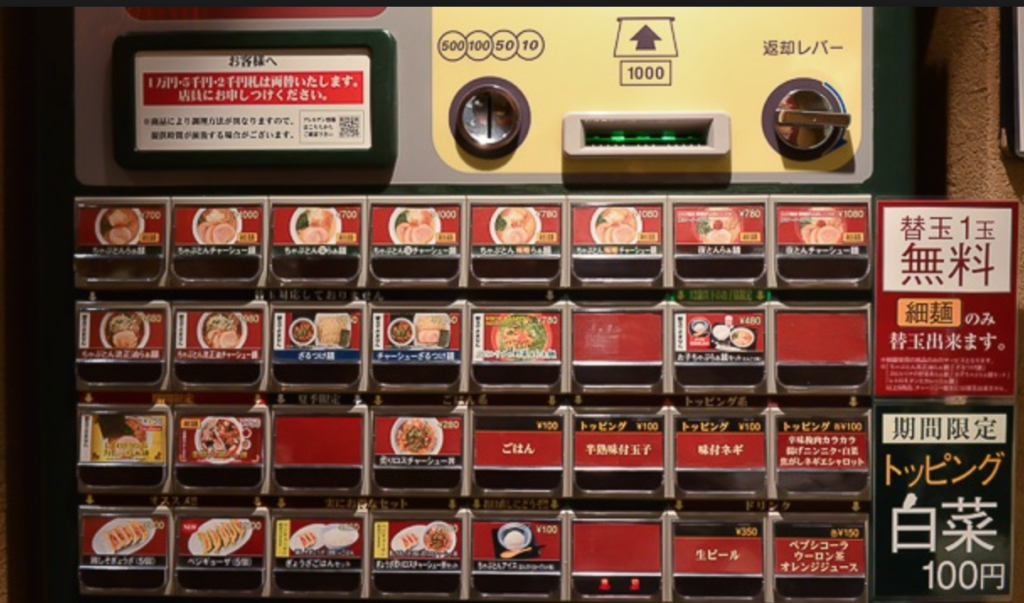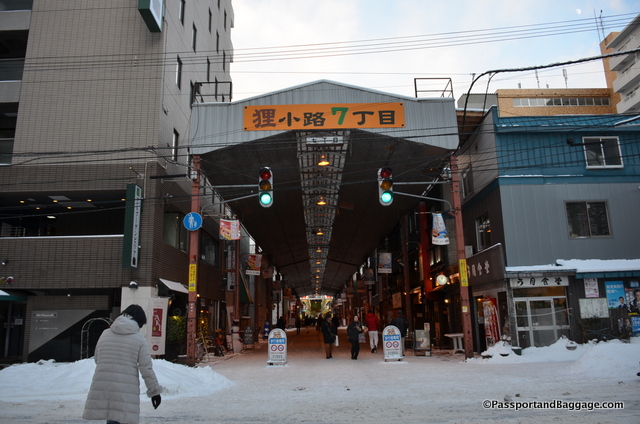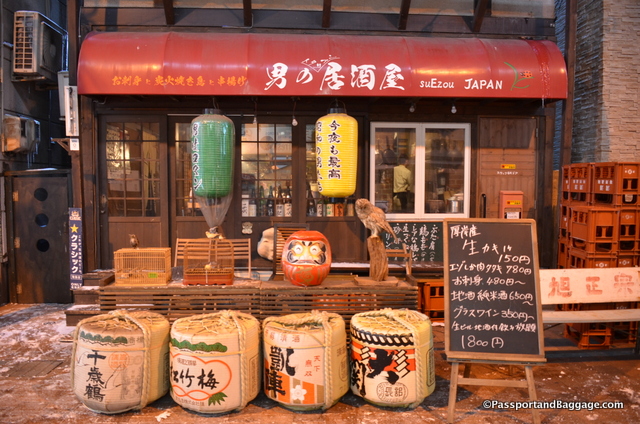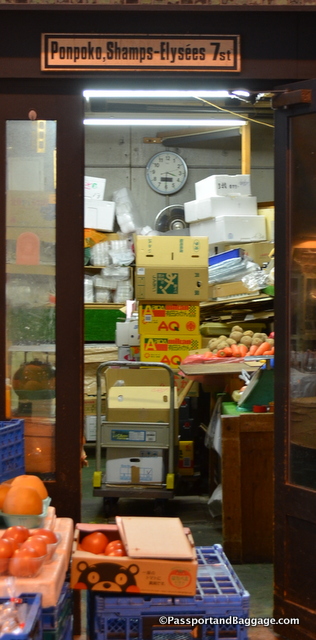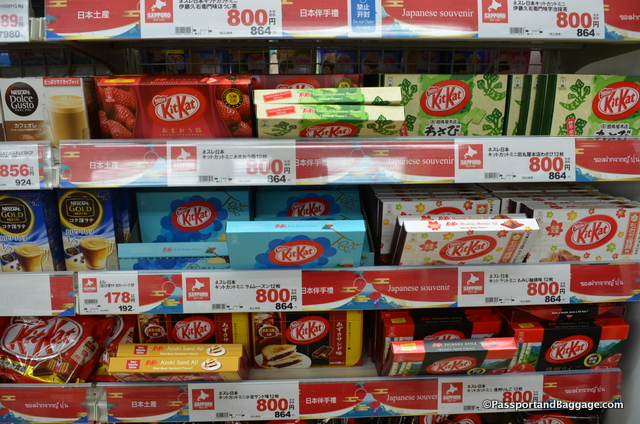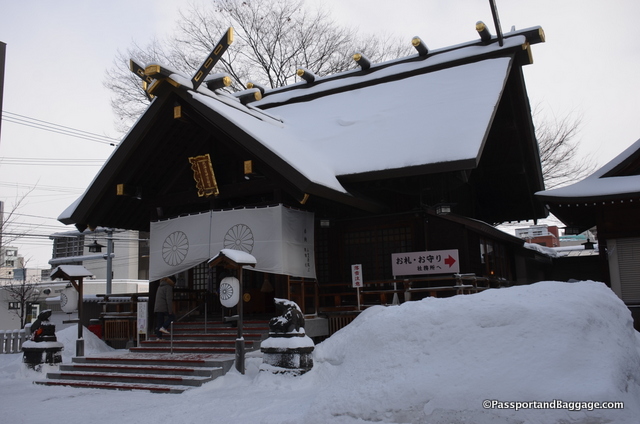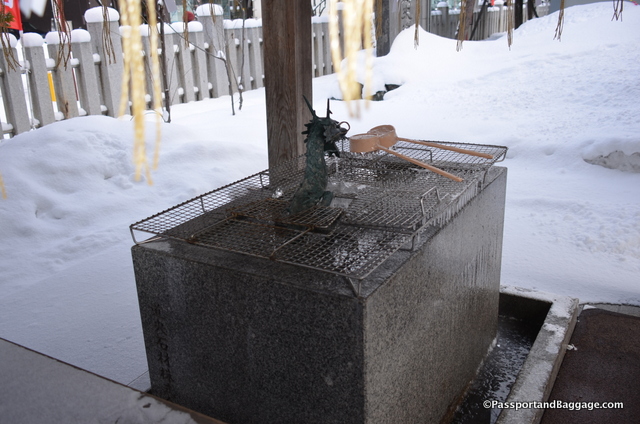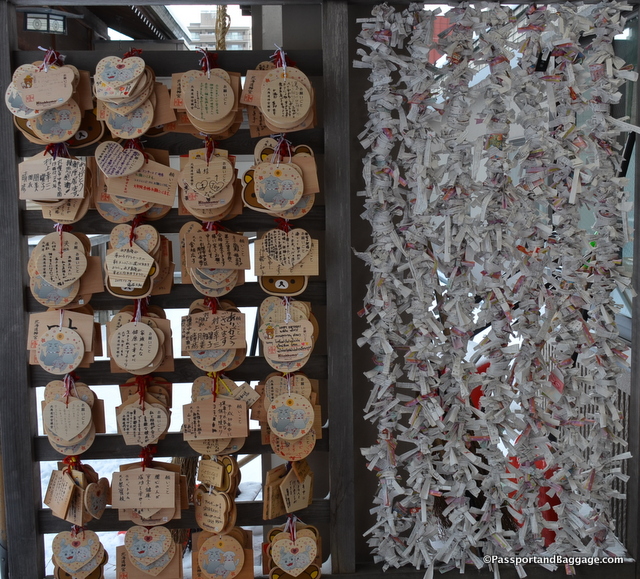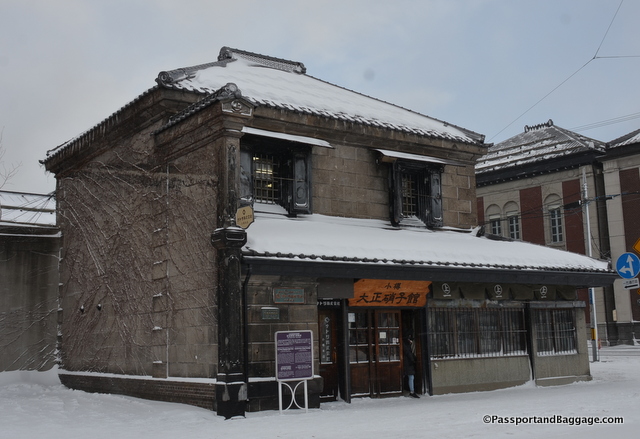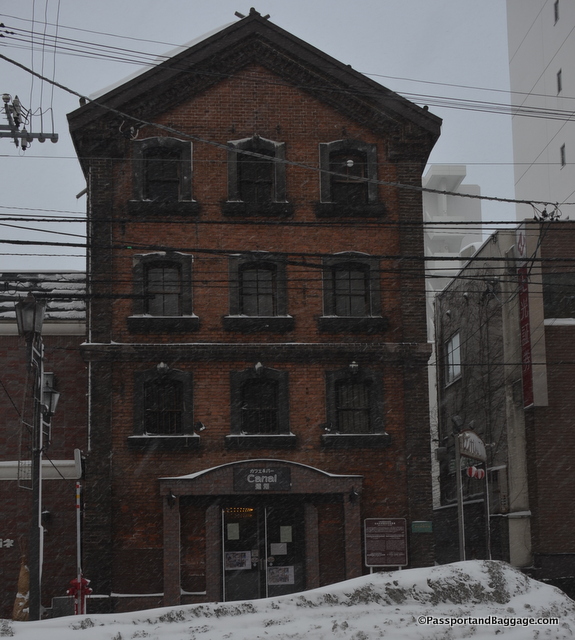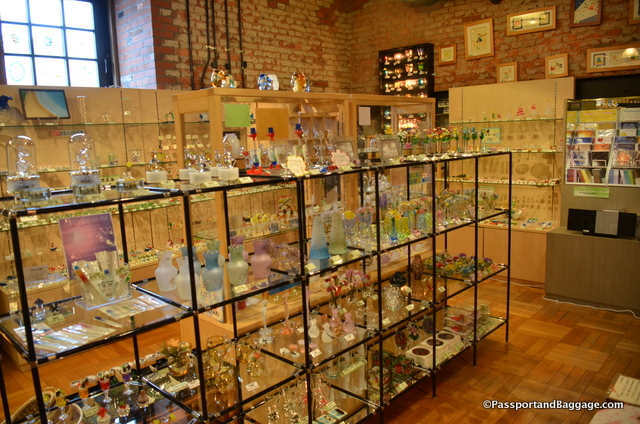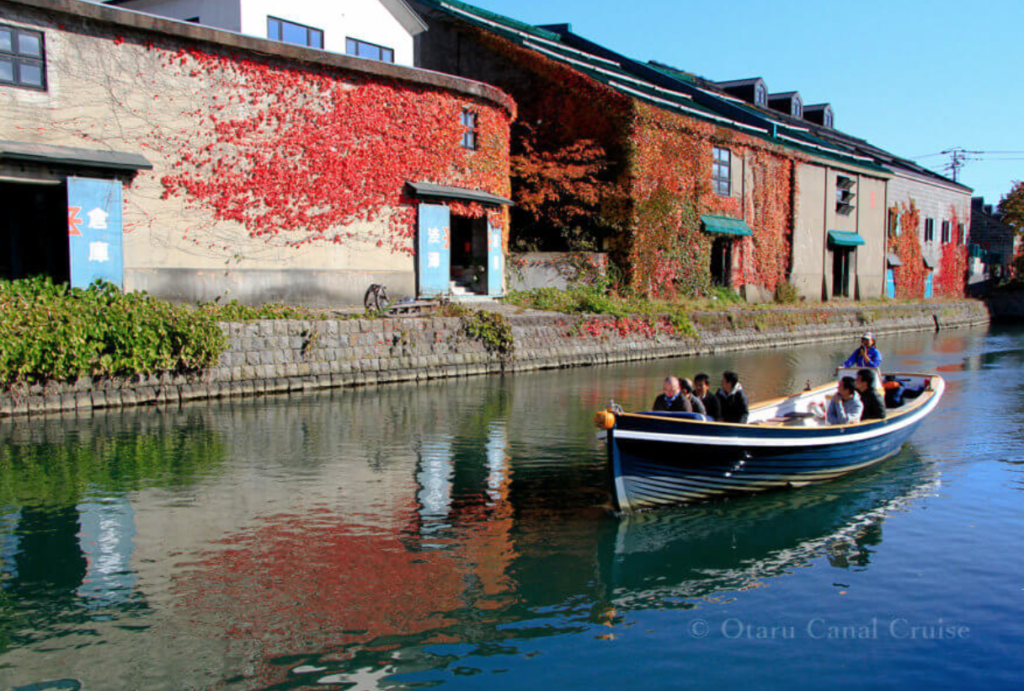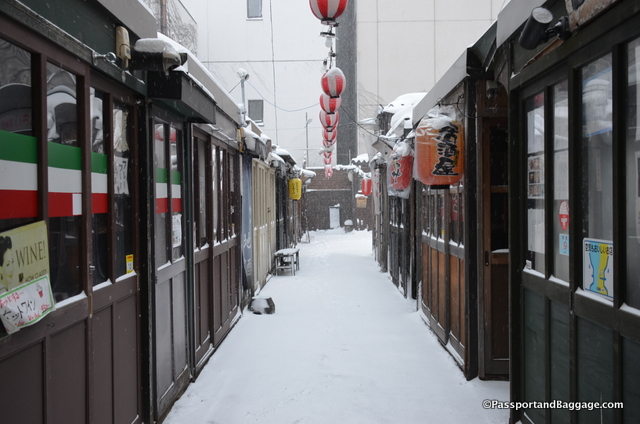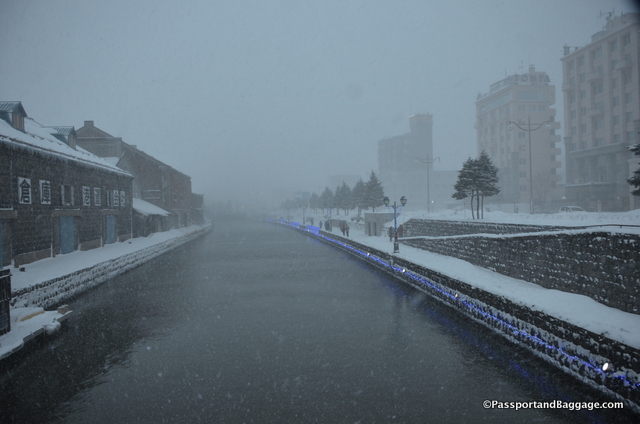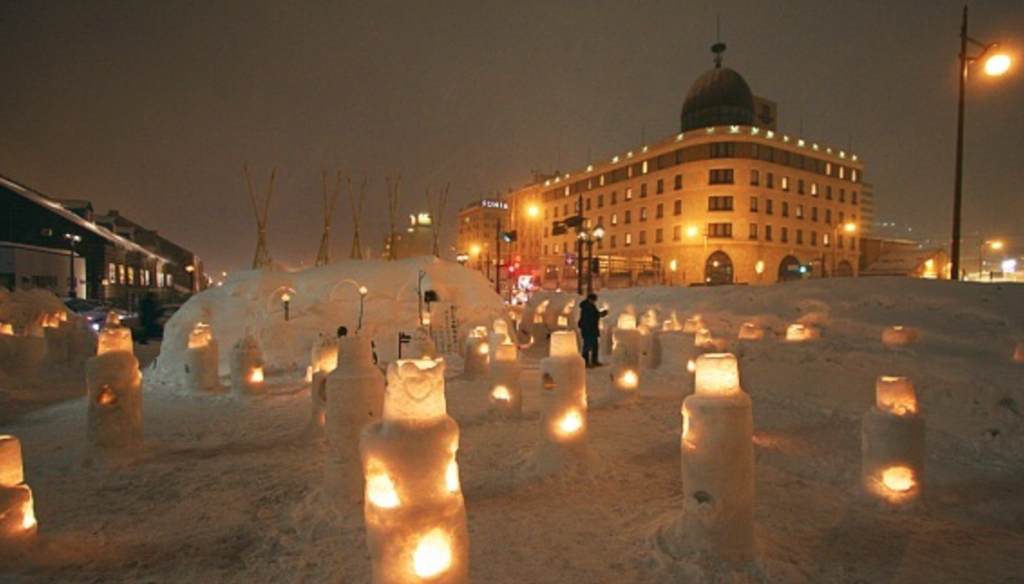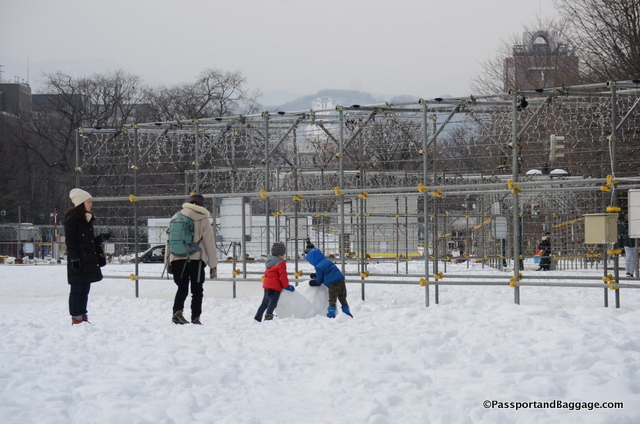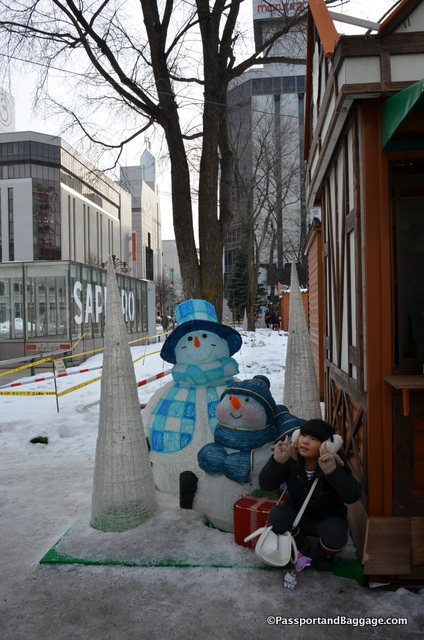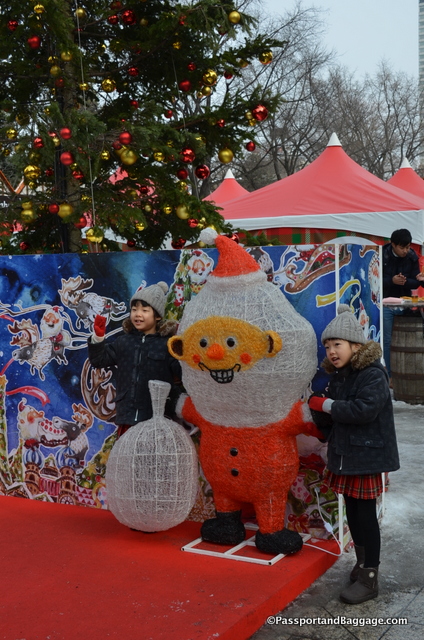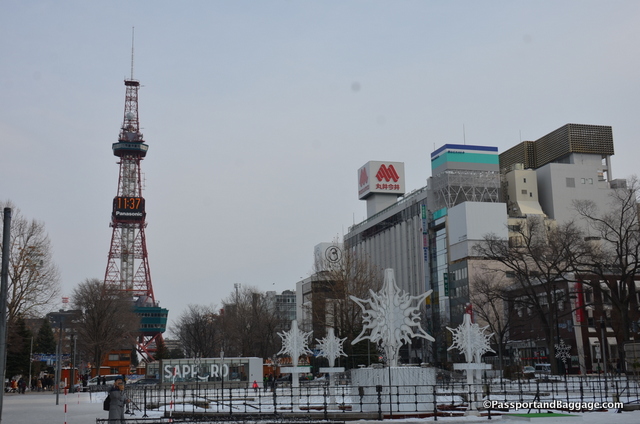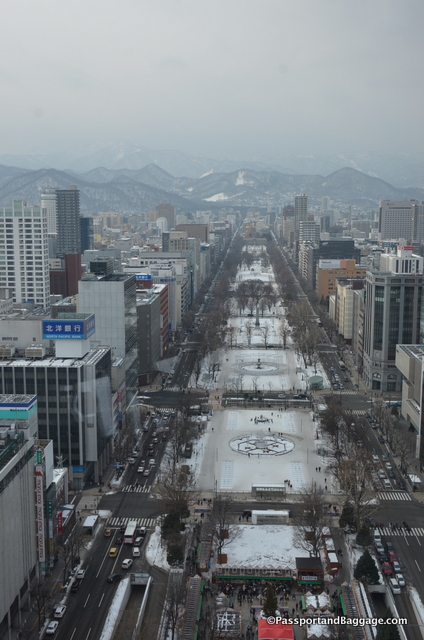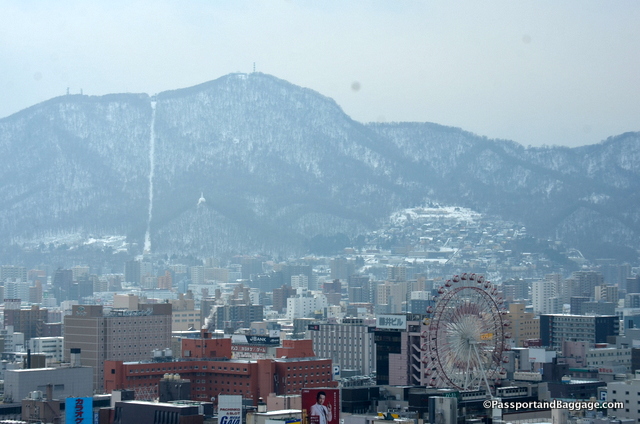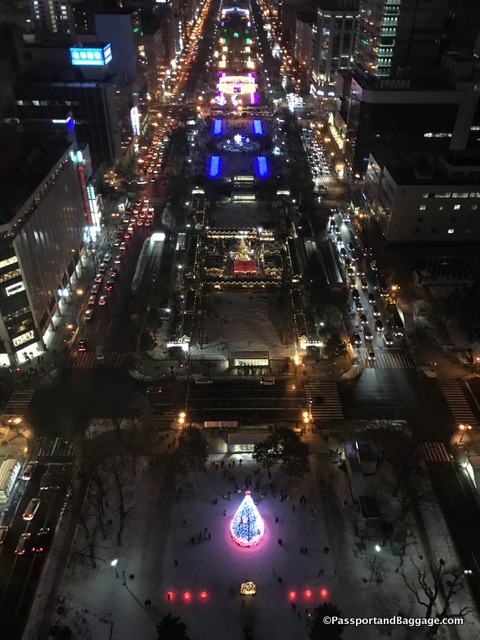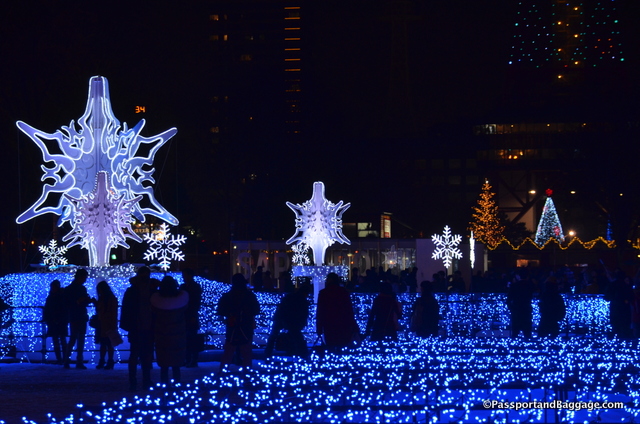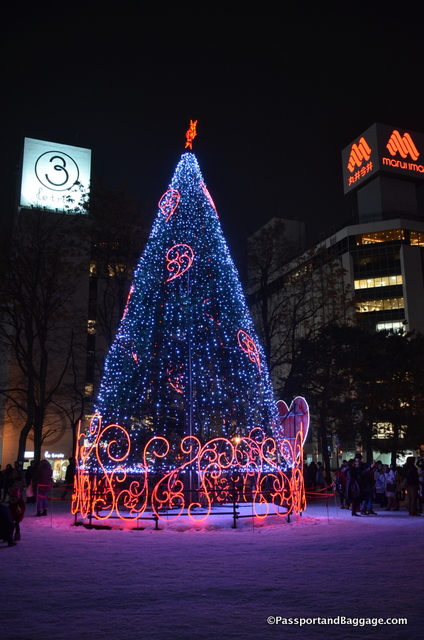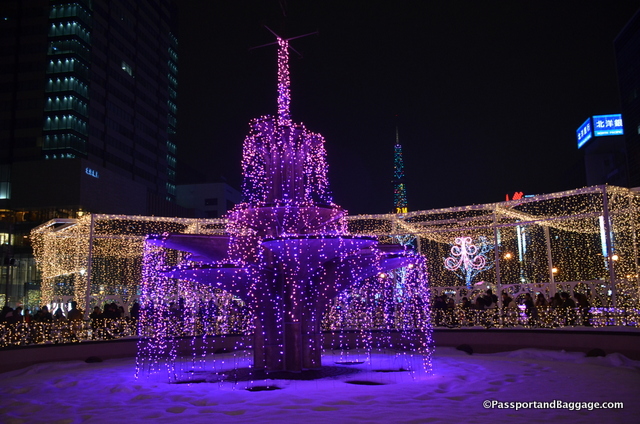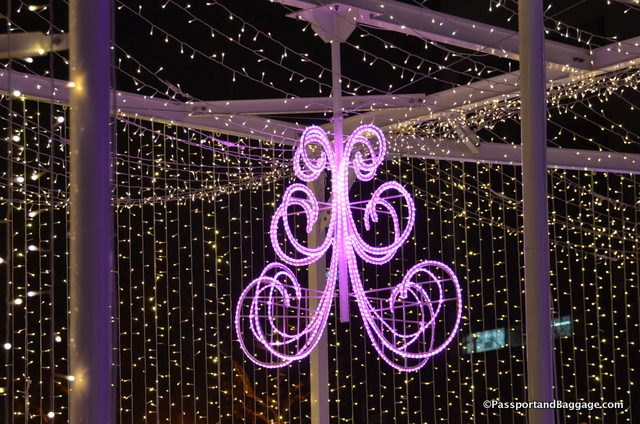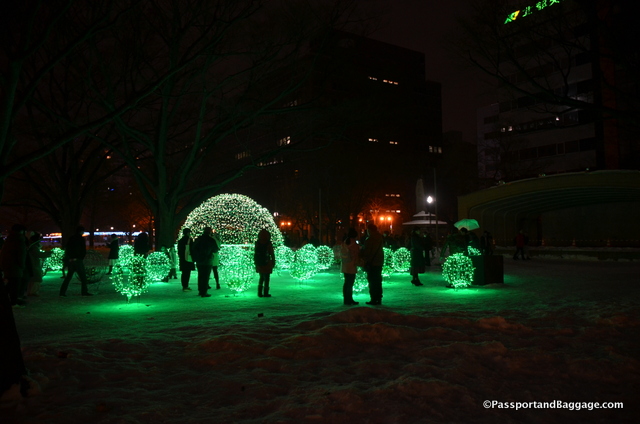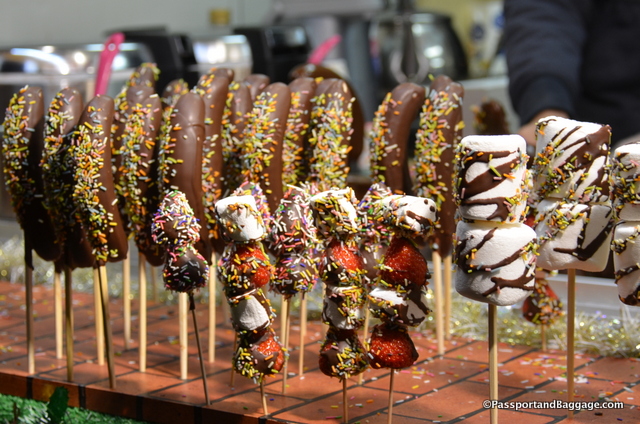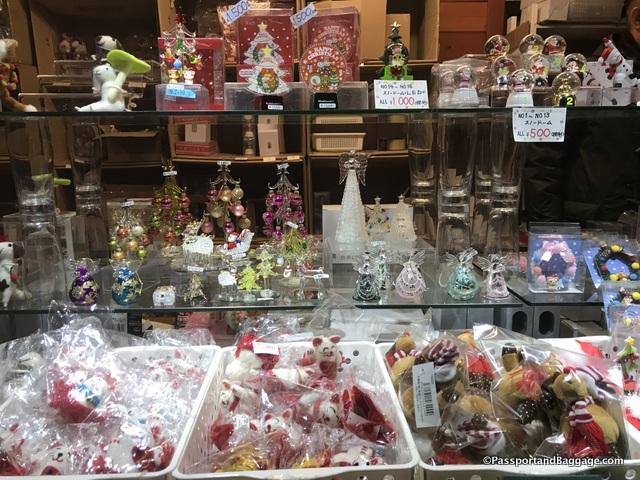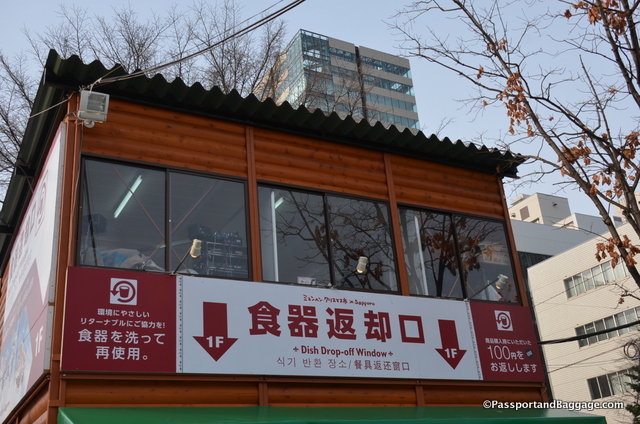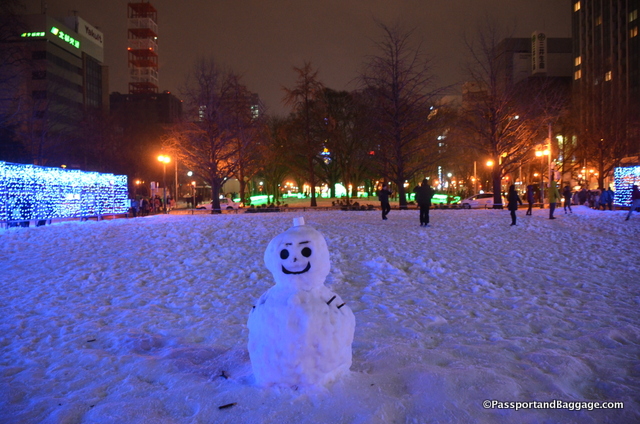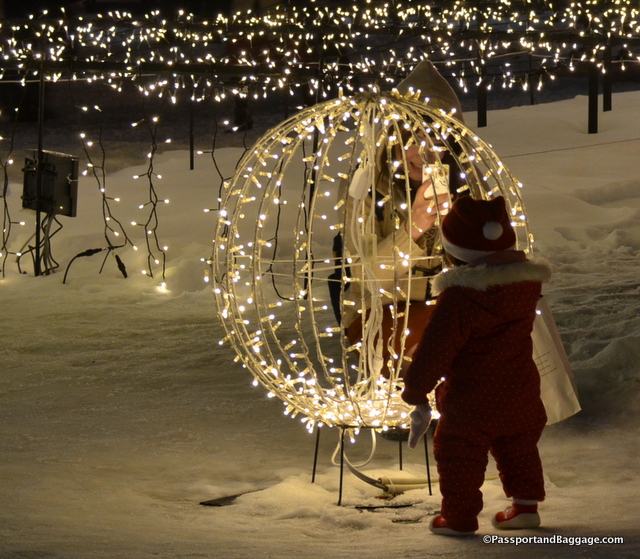Christmas Day – 2017
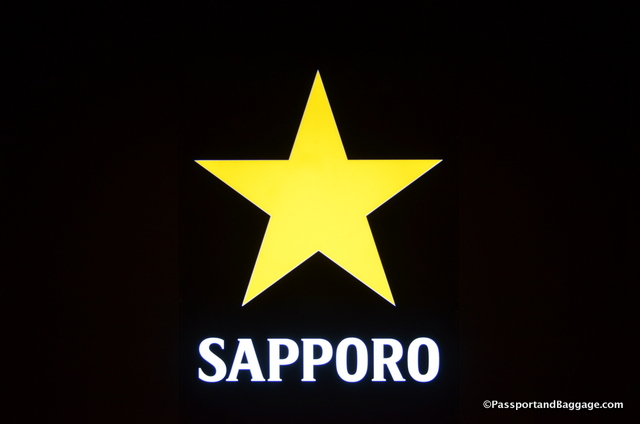
The Sapporo Beer Museum and Bier Garten are a fun way to spend an afternoon.
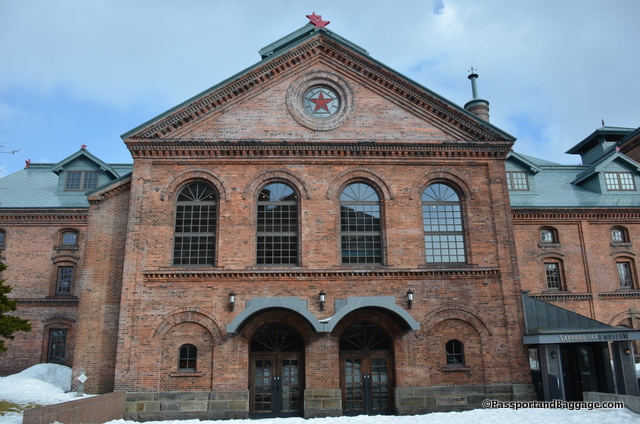
The factory was built in 1890 as the Sapporo sugar factory and used as the beer malting plant until 1963. It was turned into the museum and beer garden in 1966.

Registered as one of the Hokkaidō Heritage sites in 2004, the museum is the only beer museum in Japan.
In 1895, Japanese sugar manufacture declined, causing the liquidation of the beet manufacturing factory run by the Sapporo Sugar Company. In 1903, the Sapporo Beer Company purchased and remodeled the factory to use as a brewery.
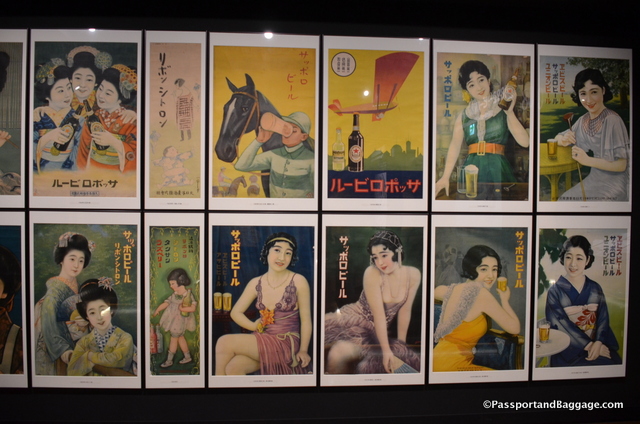
Beer posters through the ages, notice the predominance of women, and yes, children.
A very good self-guided tour, with English translation cards, is available through the museum. You can also take a guided tour for a small fee, which includes beer tasting, however, it was not available Christmas day as the tasting room was closed.
Some interesting facts about Sapporo beer: In 1869, the Meiji government set about developing Hokkaido, establishing a Kaitakushi (the national government Hokkaido Development Commission). One of the businesses established under this commission was the Kaitakushi Brewery.
The following year the Sapporo Brewery was born. It was originally slated to open in Tokyo, but wild hops were discovered in Hokkaido and the area was found to be highly suitable for both the cultivation of hops and also barley.
The first brewer was a Seibei Nakagawa, a Japanese man that had gone to Germany of his own accord to study beer brewing.
Since Sapporo beer was brewed in the German style, which relies on fermentation and maturing to be done at low temperatures, and since ice was easy to procure in Hokkaido, the area turned out to be ideal for beer production. Also, at the time they had not developed the ability to fully remove yeast, which would change the taste of the beer if the temperature rose, so the ice was also needed during the transportation of the beer to Tokyo.
In 1937, due to a war economy, all beer production in Japan stopped. At the end of the war, the company was split into Asahi Breweries and Nippon Breweries (now Sapporo). The Nippon brand included Yebisu. However, Nippon did not utilize either of those names in making beer. In 1956, the unrelenting cries of fans pushed Sapporo Beer to bring back the name, and once again begin making beer in Hokkaido. The sale of Sapporo Beer did not even go countrywide until 1964.
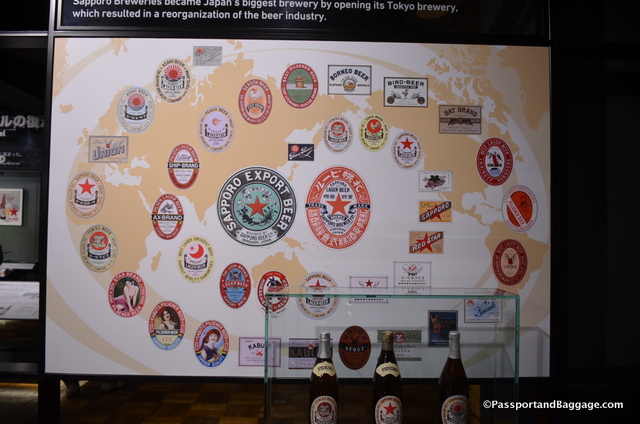
Labels of Sapporo Beer through the ages
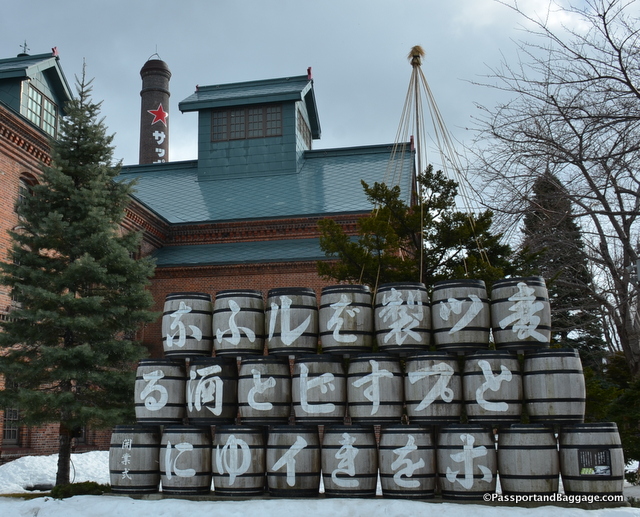
The Kaitakushi Brewery was established in the place where now the Sapporo Factory Shopping Mall is in downtown Sapporo. The inauguration was held at the brewery, and beer barrels were piled up in front of the building. These barrels were restored, and now stand in front of the Sapporo Beer Museum
The museum does not take more than a half of an hour, if the tasting room is open it could take longer, but what everyone goes for are the restaurants.
These are packed in the evening, so a leisurely lunch was considerably more inviting. There are five restaurants on the grounds, each with a slight twist on either its decor or its menu offering, but the big thing is that they all offer all you can eat and, should you choose, all you can drink. The catch on the all you can drink is you have 100 minutes, and, more importantly, it does not include the premium beers.

The reason people go to eat is the Genghis Khan. You can order it as a meal (shown above) or as part of the all you can eat. You grill your own strips of lamb and vegetables.

As mocking you for improperly cooking your Genghis Kahn is de rigueur, directions are set before you so you are not teased by the table next to you.

You begin by getting your personal, table-top, griddle covered in fat with the slab of lamb fat that comes with the raw meat and vegetables.
 Next, you place the vegetables on the edges and the meat in the middle.
Next, you place the vegetables on the edges and the meat in the middle.

Cook until the meat is no longer red, and your vegetables to your liking.
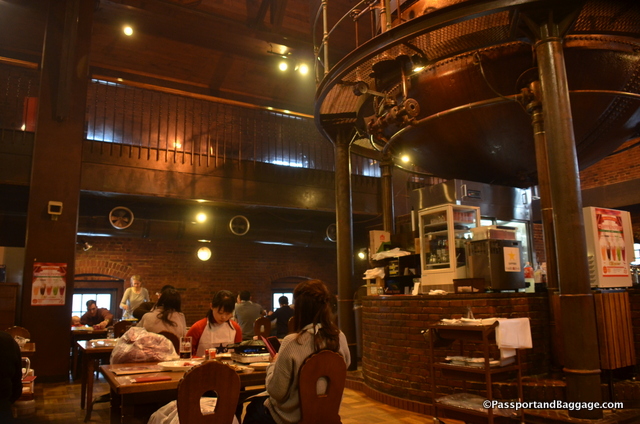
Kessel Hall, the most fun of the restaurants that are open for lunch, is dominated by a giant Kessel.
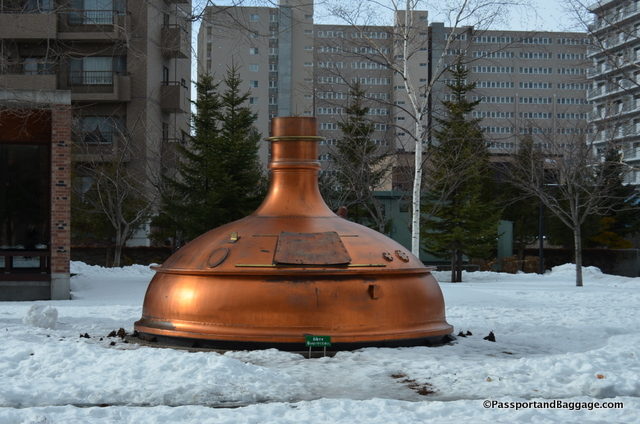
In German the word Kessel means cauldron.

Notice the plastic bags next to the diners. The smoke is so intense in the room when it is full that you, your hair and your clothing go home reeking of Ghengis Khan. The plastic bags are provided by the restaurant to keep that from happening to anything that you brought in that isn’t attached to your body.
The green and yellow drink at that table are flavored beers, Sapporo also makes several types of soft drinks.
Next to the Sapporo Beer Museum and Garden is a shopping mall with a grocery store that I would pay good money to have in my hometown. If you have not indulged in entirely too much beer, it is absolutely worth a stroll. There is an ATM, and as those that travel in Japan, know, those are not the easiest to find, so it is a great opportunity to get some cash.
There is a taxi stand at the museum, but it was snowing on Christmas day and cabs in the snow in Japan are as rare as they are anywhere else in the world in the snow. There is also a cab stand at the shopping mall, and it was frequented often, just a word to the wise.
KANPAI!
 So just a small note about Christmas in Japan, known as more of a time to spread happiness rather than a religious celebration Christmas Eve is often celebrated more than Christmas Day. Christmas Eve is thought of as a romantic day, in which couples spend together and exchange presents. In many ways, it resembles Valentine’s Day.
So just a small note about Christmas in Japan, known as more of a time to spread happiness rather than a religious celebration Christmas Eve is often celebrated more than Christmas Day. Christmas Eve is thought of as a romantic day, in which couples spend together and exchange presents. In many ways, it resembles Valentine’s Day.
We had a fried chicken dinner because fried chicken is often eaten on Christmas day. It is the busiest time of year for restaurants such as KFC and believe it or not you can put in orders in advance at KFC’s and other fast food restaurants that serve fried chicken. This most likely came about because of a 1974 advertising campaign by KFC called ‘Kentucky for Christmas!’ (Kurisumasu ni wa kentakkii!) which was very successful and made KFC popular for Christmas.
Meri Kurisumasu
and if you are really challenging me Merry Christmas in Hiragana is: めりーくりすます; and in Katakana is: メリークリスマス.

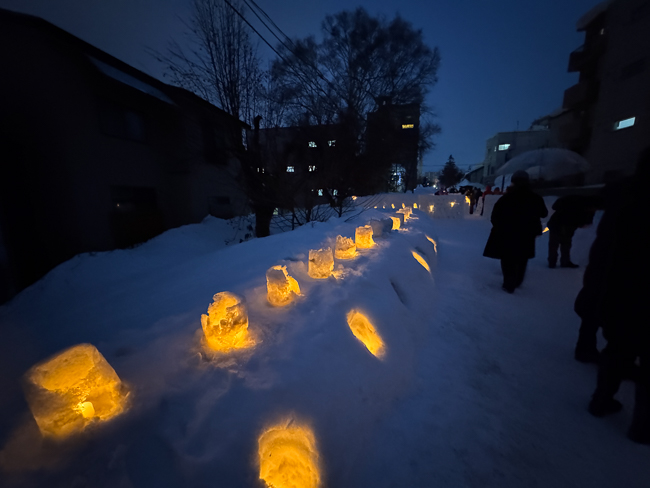
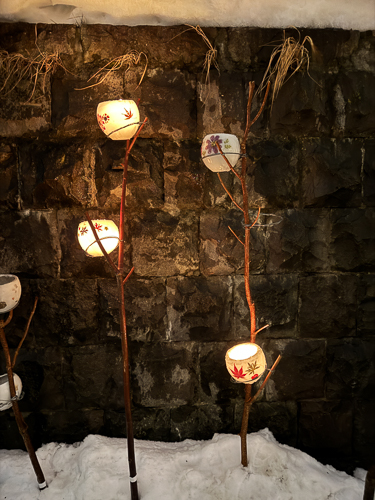 The event’s goal was to bring warmth and light to the harsh Hokkaido winters while preserving the city’s historic charm.
The event’s goal was to bring warmth and light to the harsh Hokkaido winters while preserving the city’s historic charm.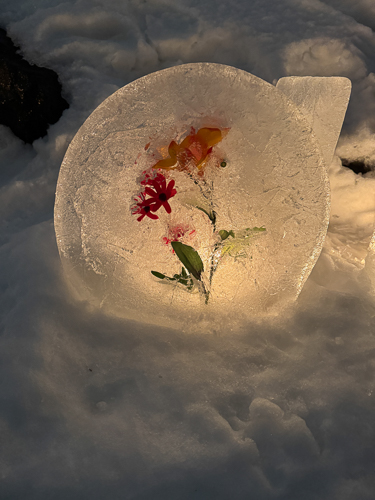 The festival was named after the work Yukiakari no Michi (“Snow Light Path”) by Otaru-related writer Sei Ito.
The festival was named after the work Yukiakari no Michi (“Snow Light Path”) by Otaru-related writer Sei Ito.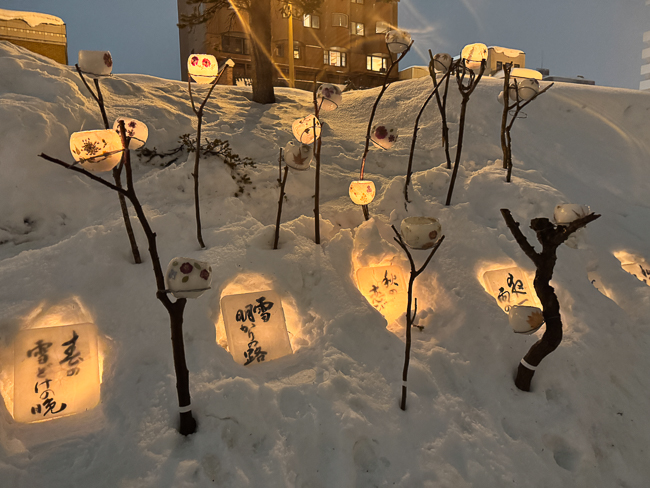
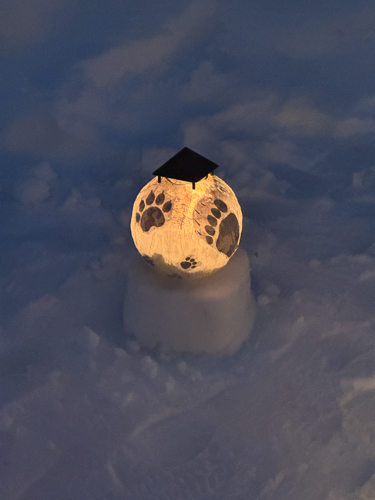 Despite its growing popularity, the festival remains committed to its original ethos of community participation and handmade artistry.
Despite its growing popularity, the festival remains committed to its original ethos of community participation and handmade artistry.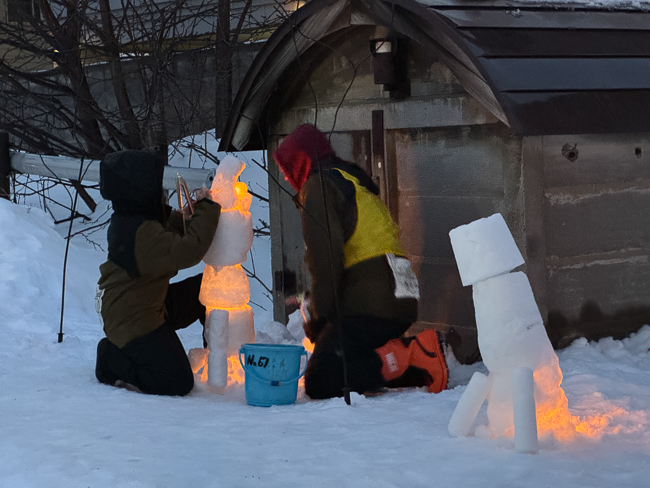 Each candle and lantern is carefully crafted.
Each candle and lantern is carefully crafted.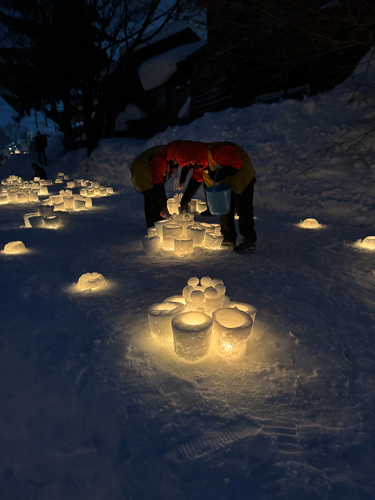 The candles are maintained by over 2,000 volunteers.
The candles are maintained by over 2,000 volunteers.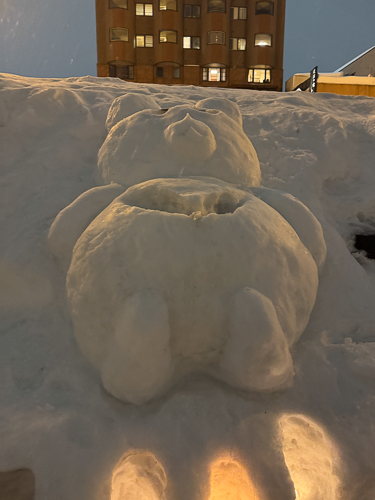
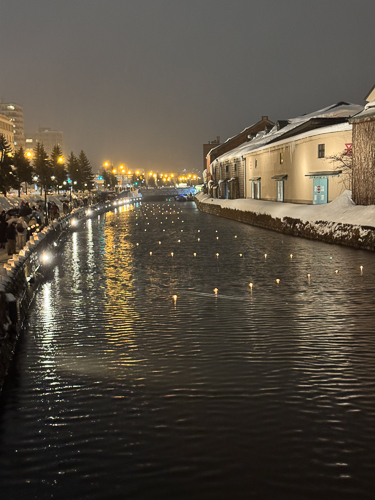
 *
* *
* *
*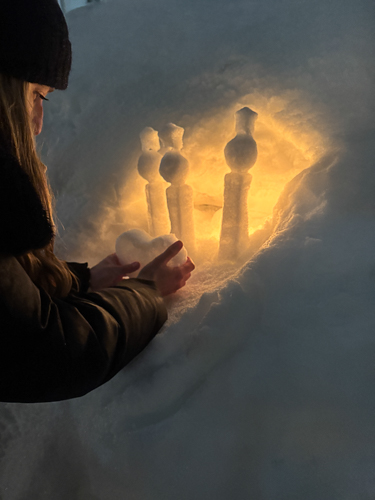
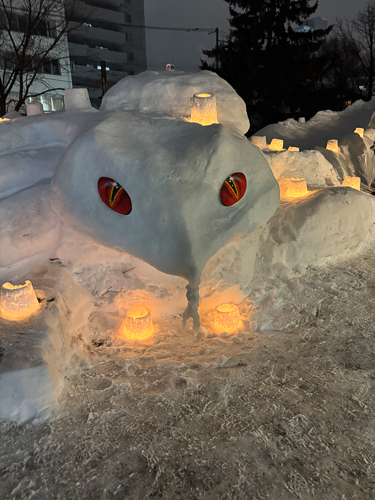

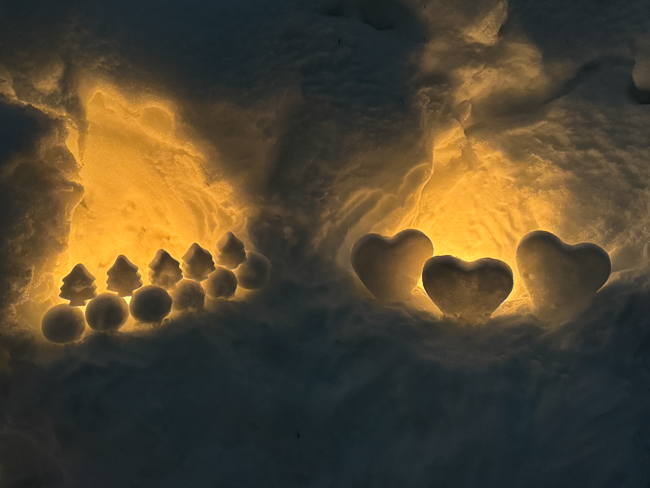 *
*
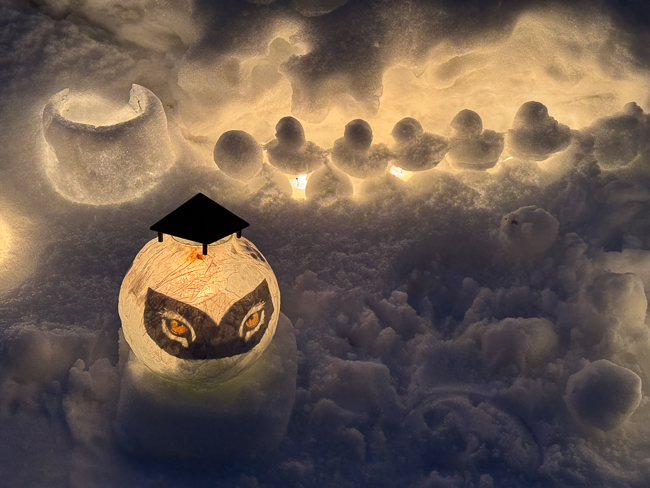 **
** *
*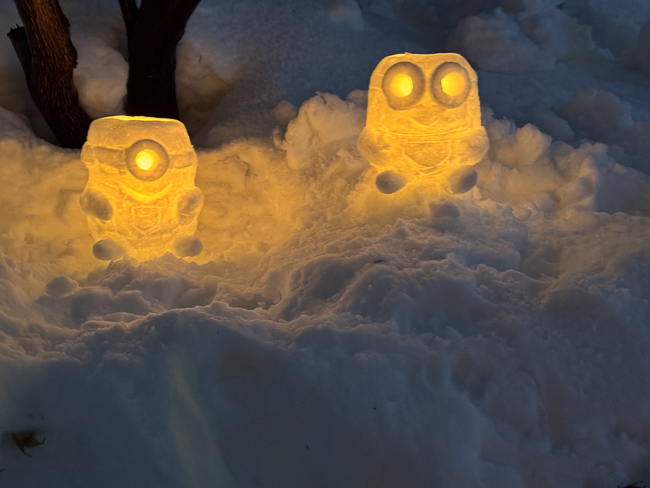 *
*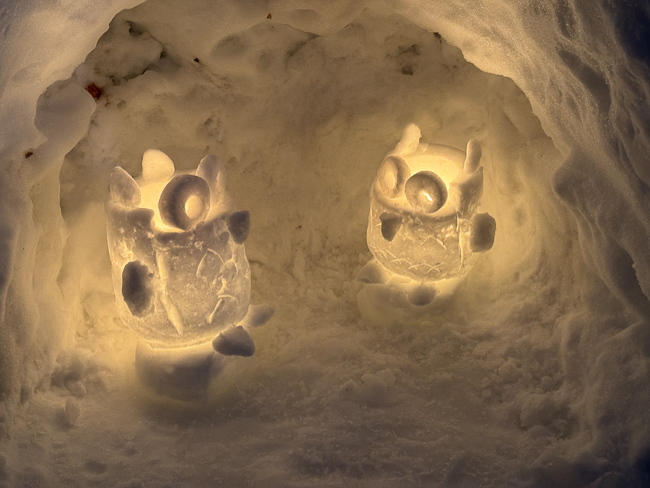 *
*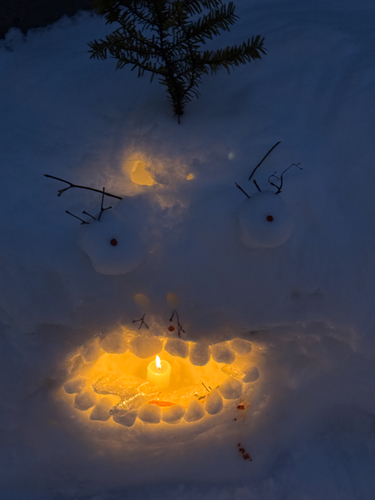 *
* *
*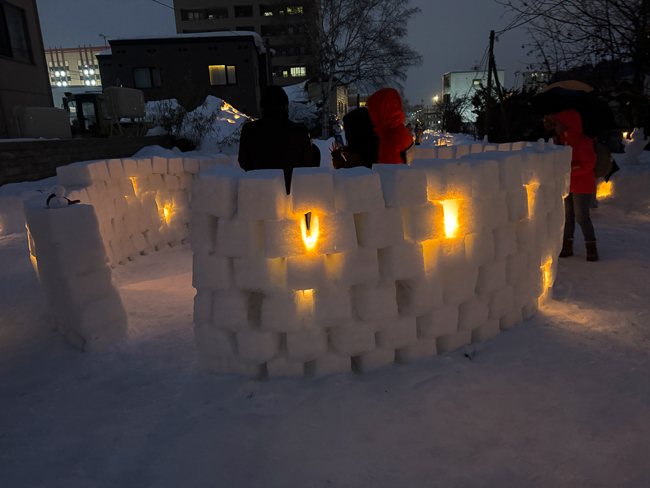 *
*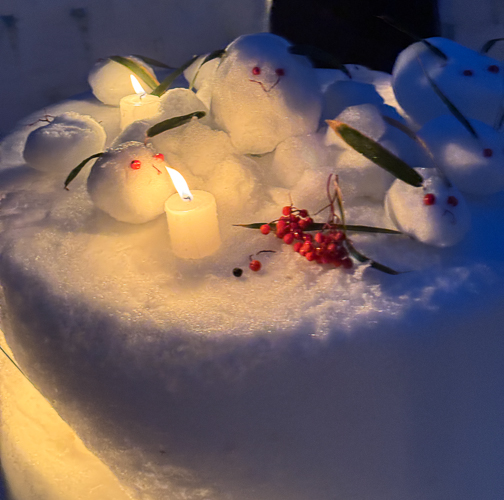 *
*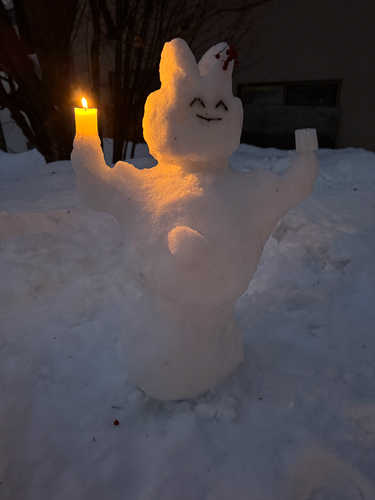 *
*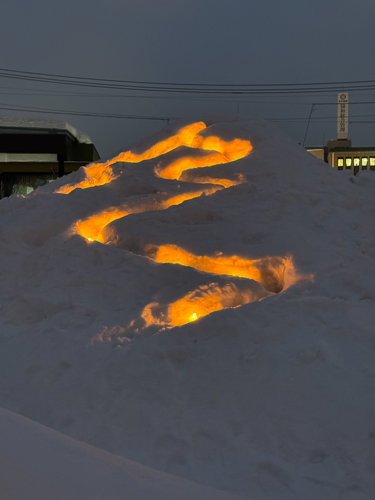 *
* *
* *
*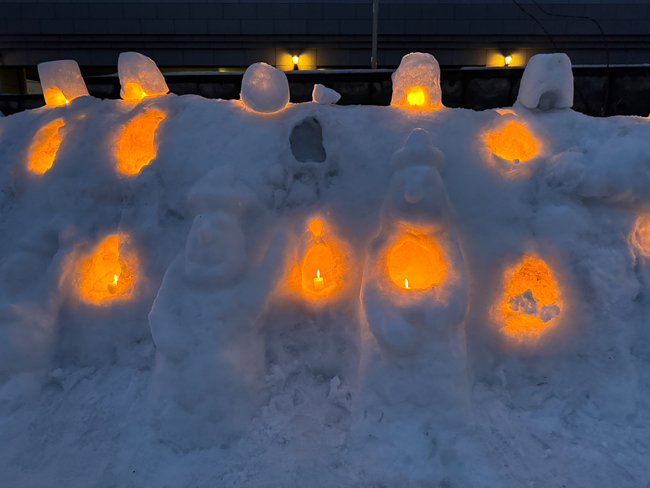 *
*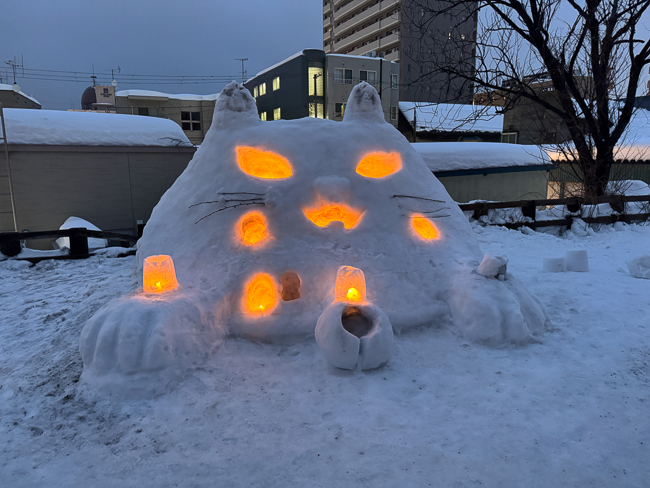
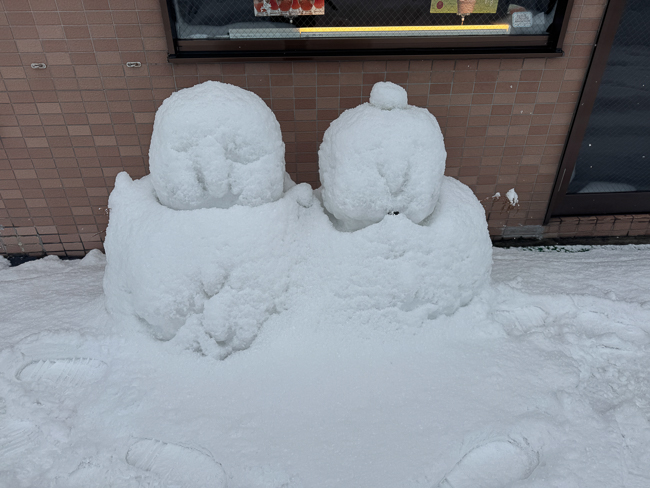 *
* *
*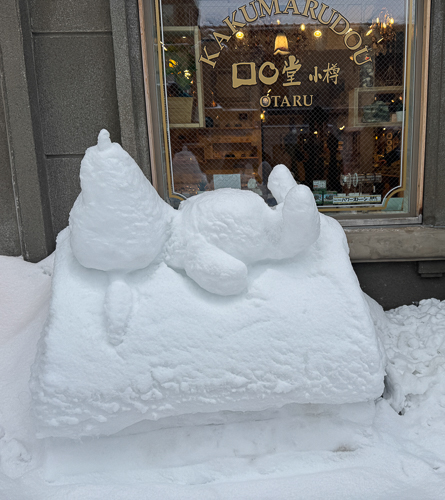
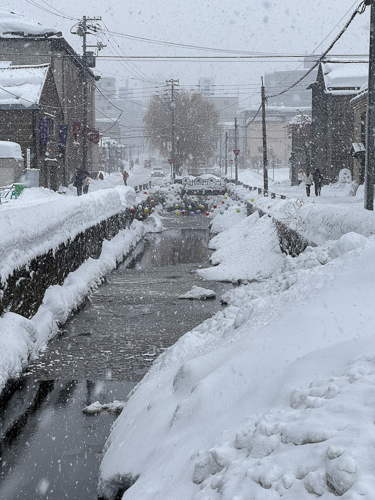
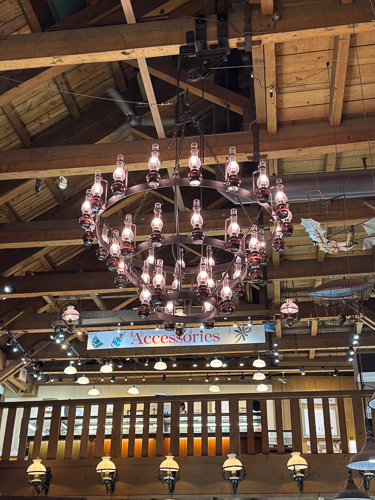



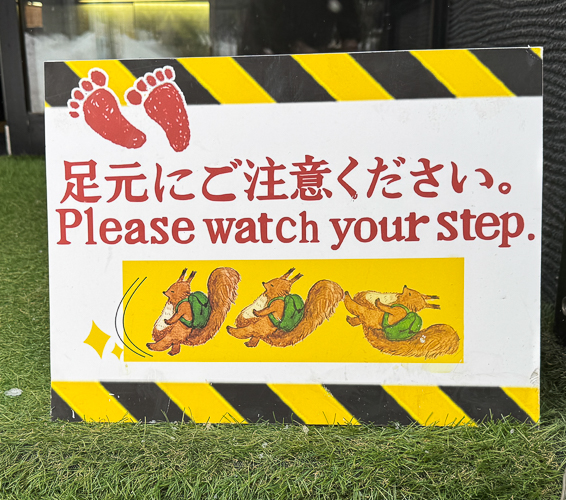
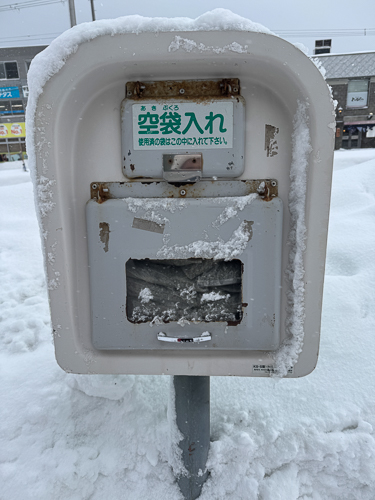
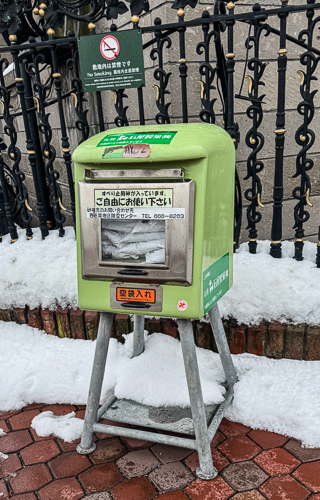
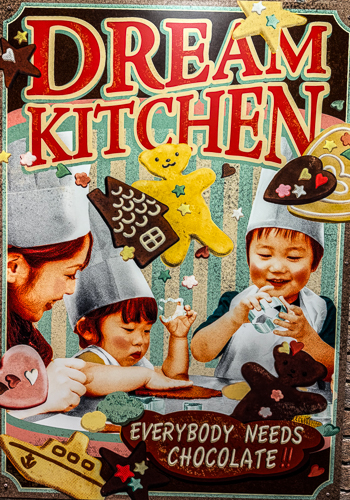
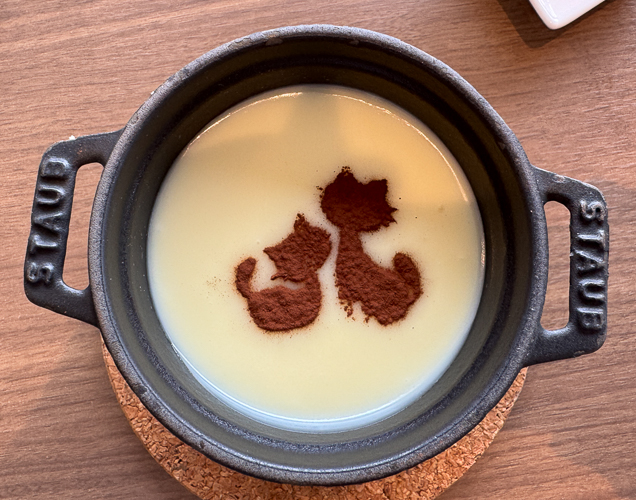

 One of the most popular chocolates in Japan, and my favorite, is matcha (green tea) flavored chocolate. The sweetness of chocolate combined with the bitterness of matcha makes a divine flavor combination.
One of the most popular chocolates in Japan, and my favorite, is matcha (green tea) flavored chocolate. The sweetness of chocolate combined with the bitterness of matcha makes a divine flavor combination.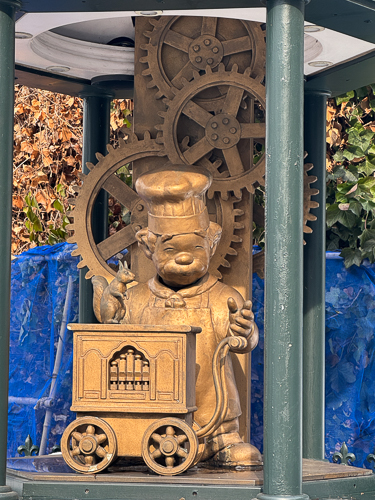
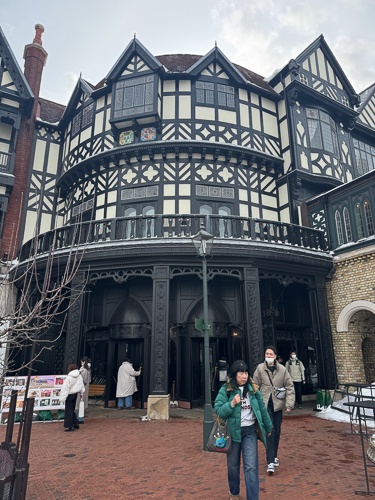
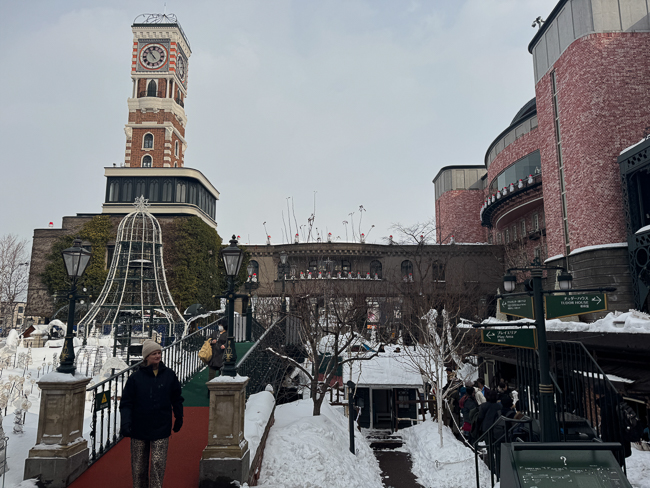
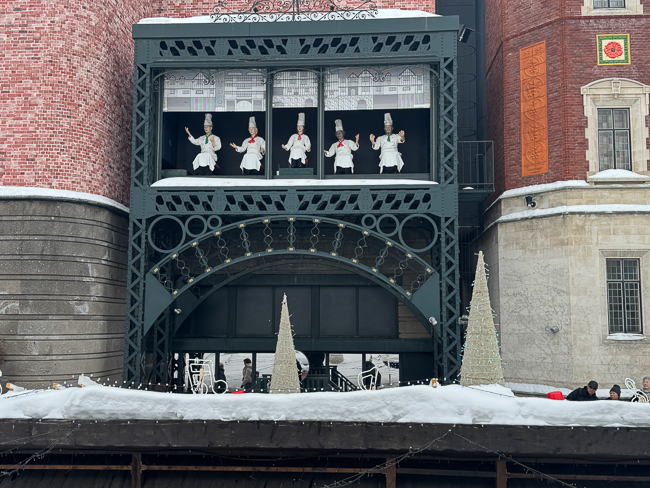 *
*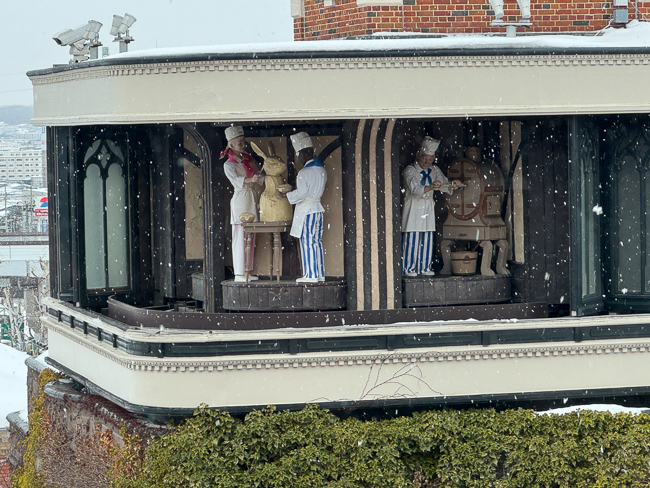

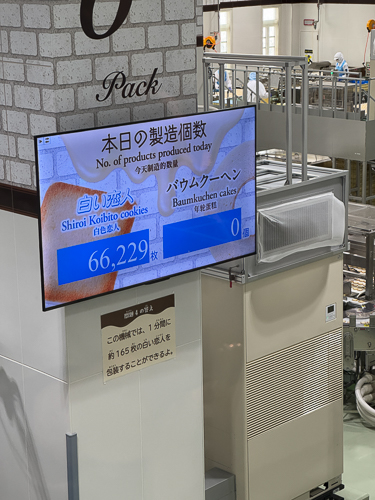



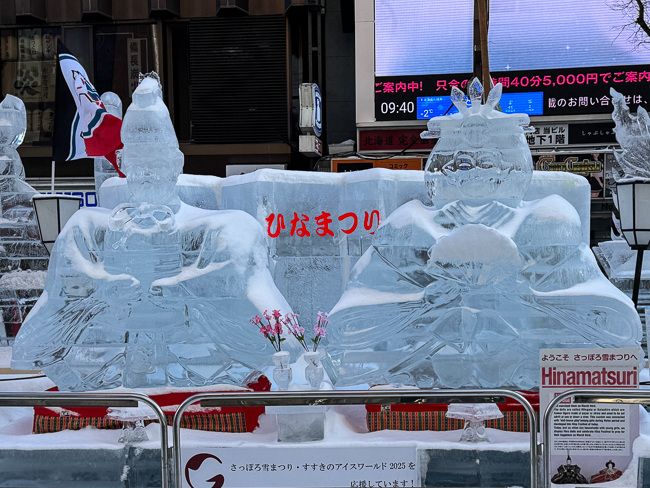
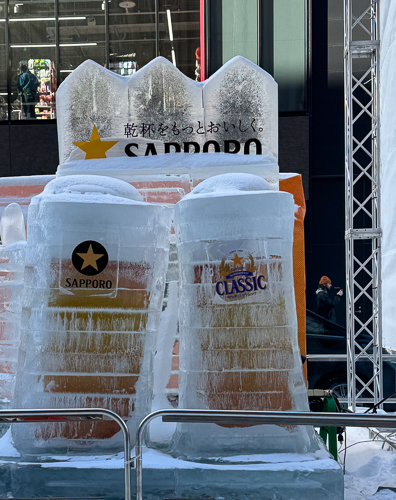
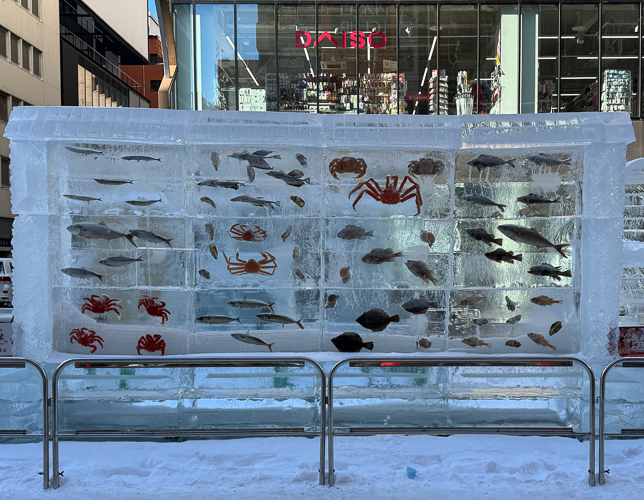
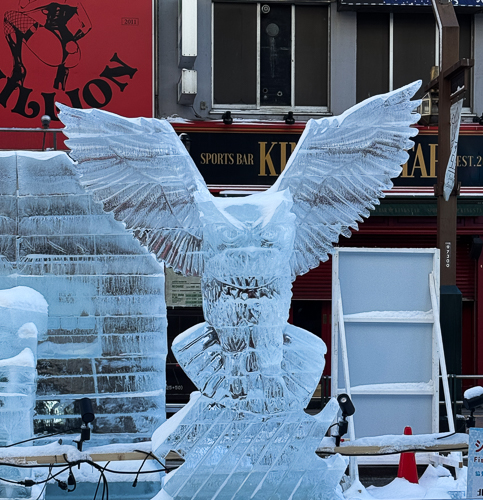 *
*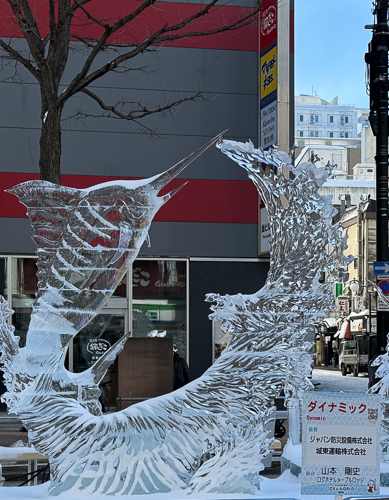 *
* *
*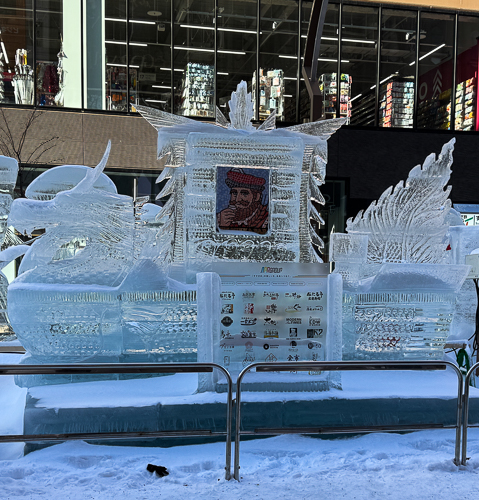 *
*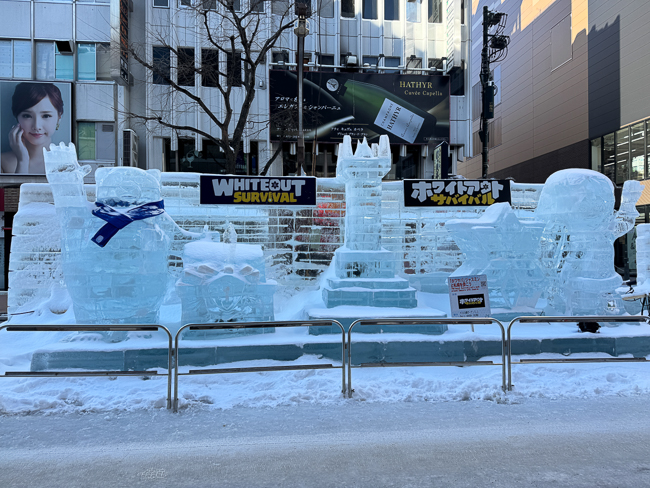 *
* *
*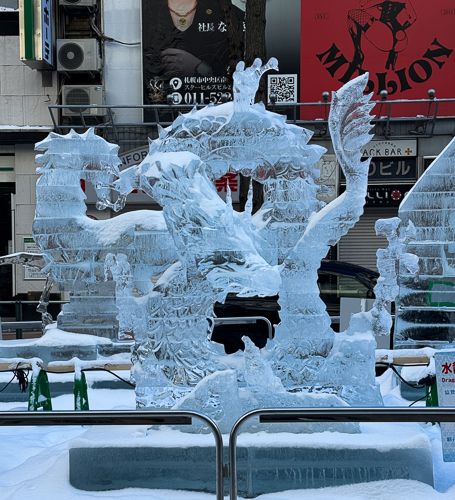
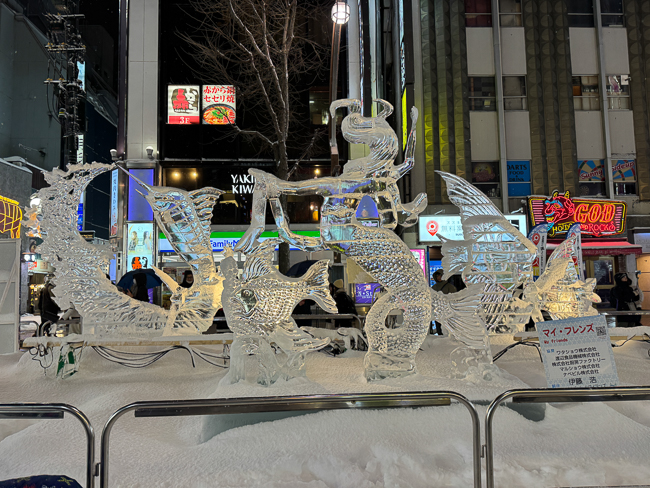 *
*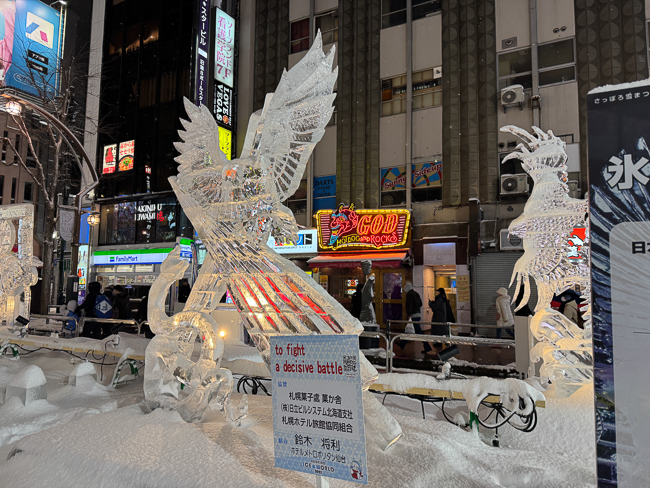 *
*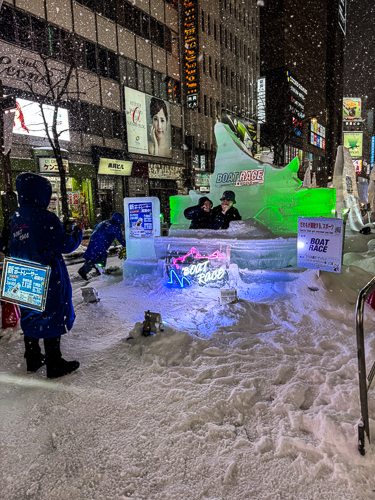 *
*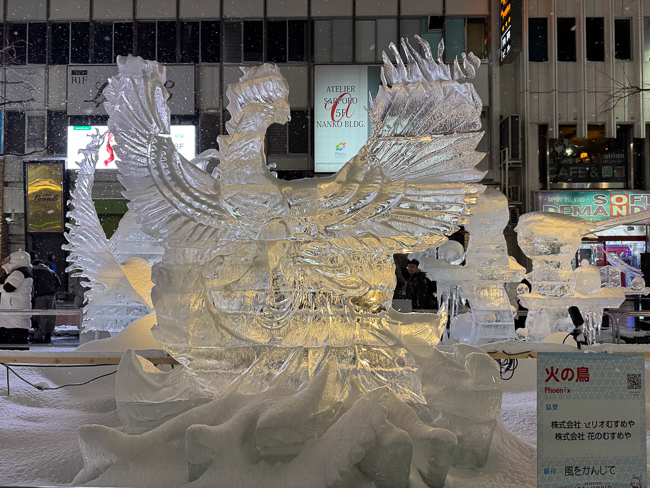
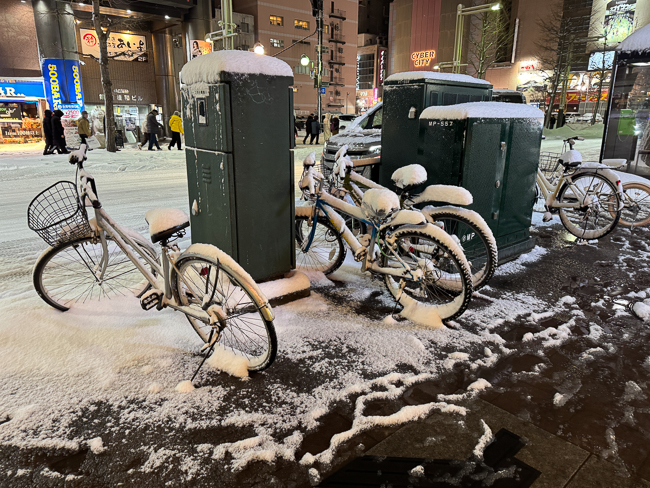 *
*
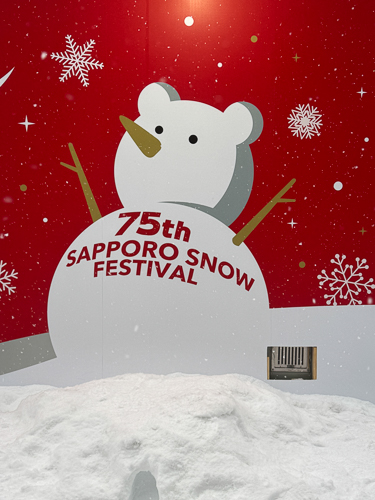
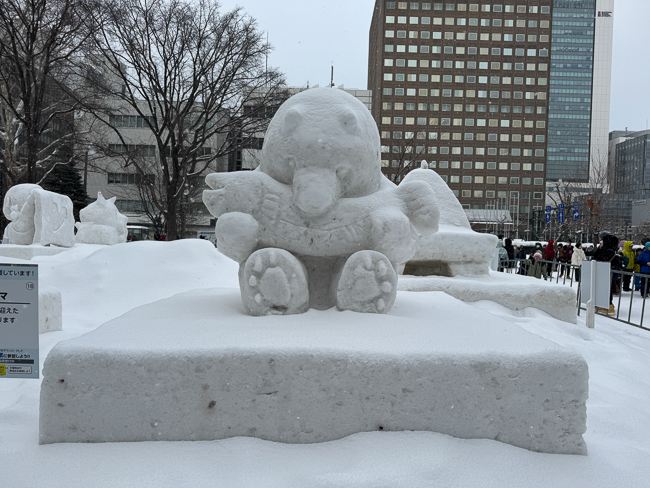
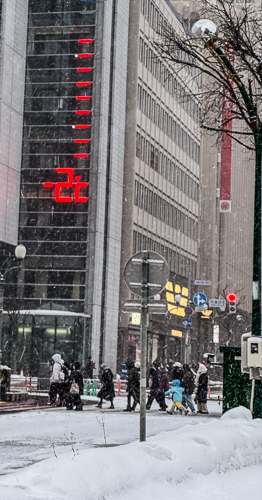
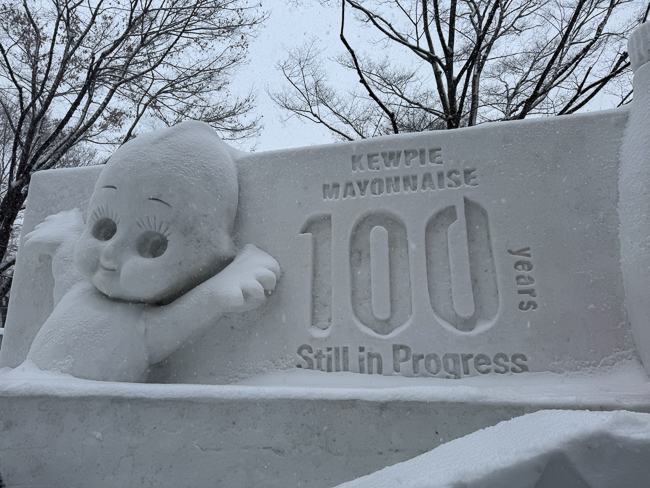

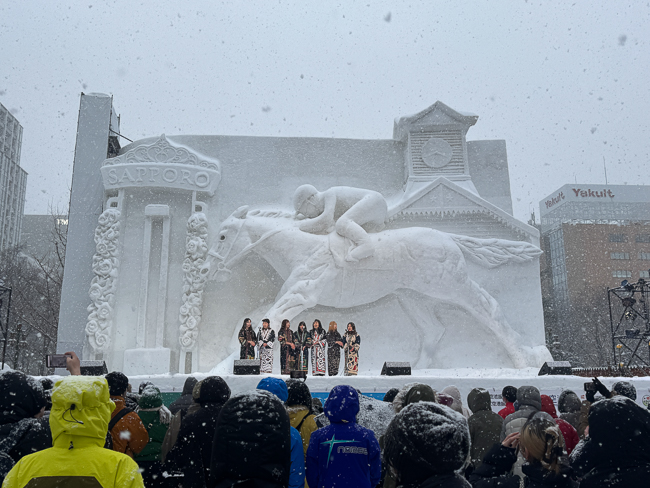 *
*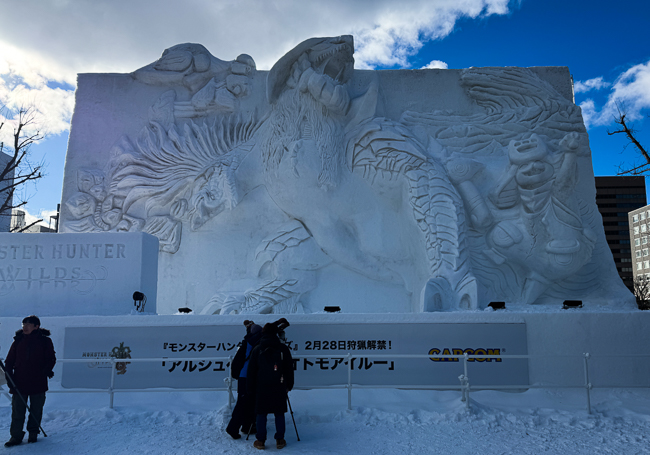


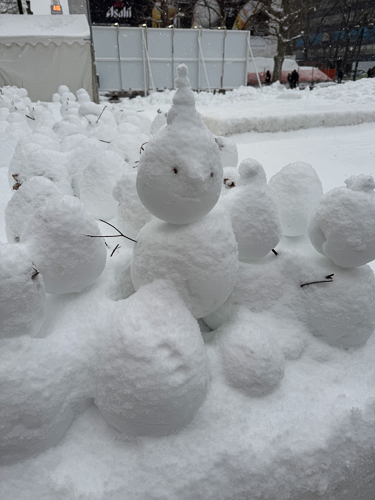
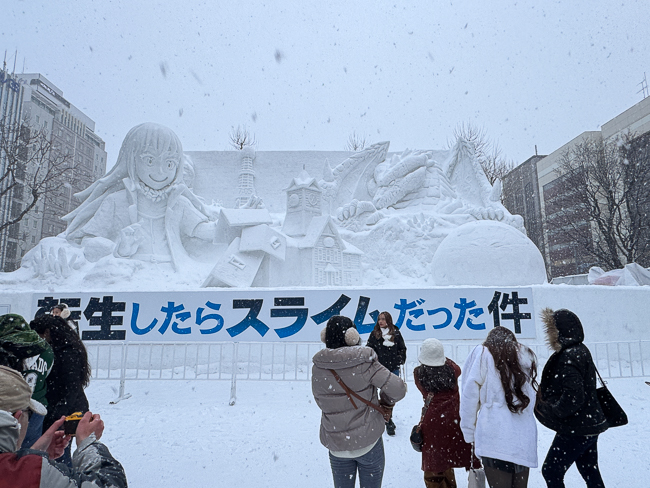
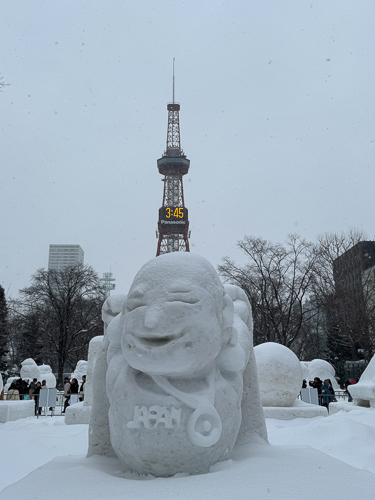

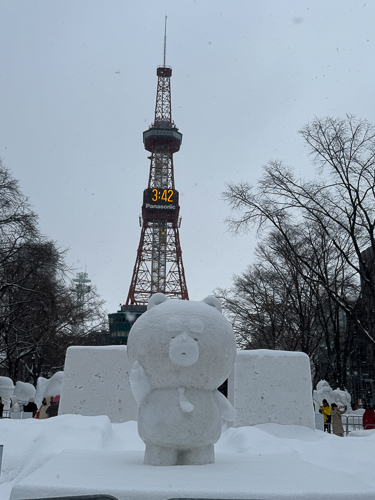

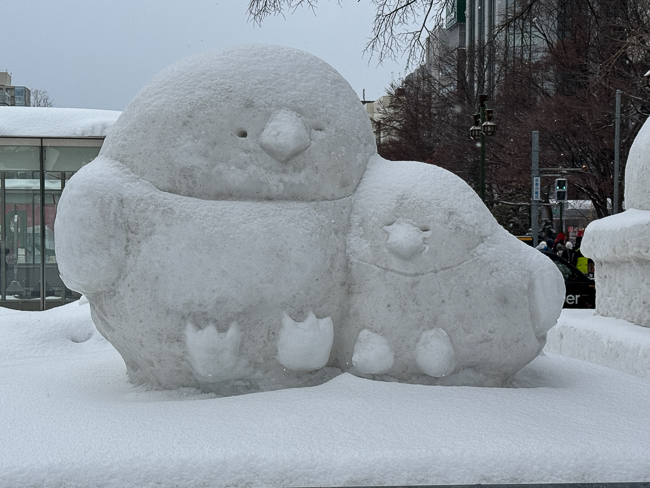
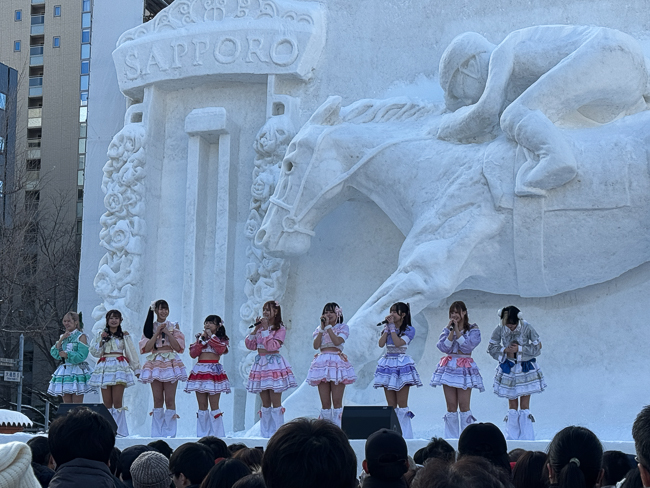
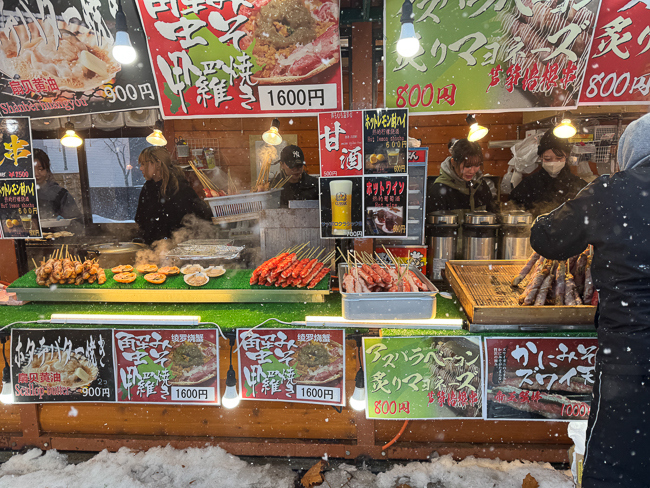
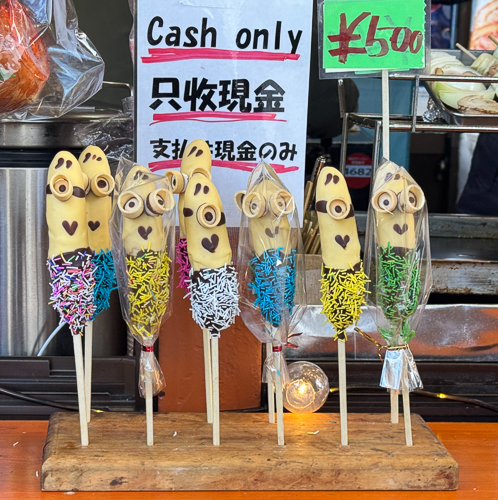
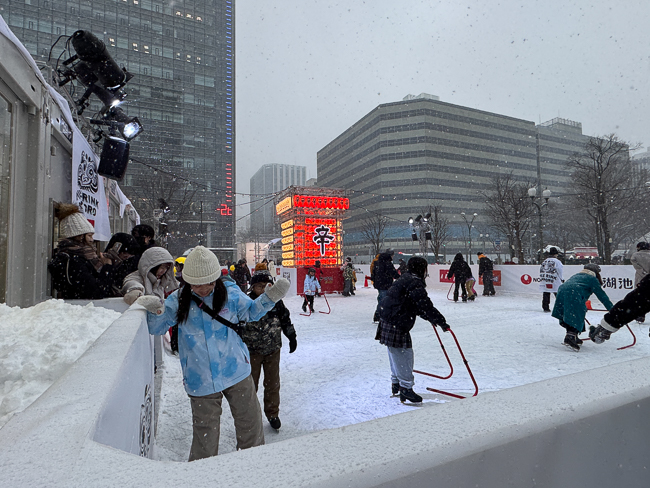
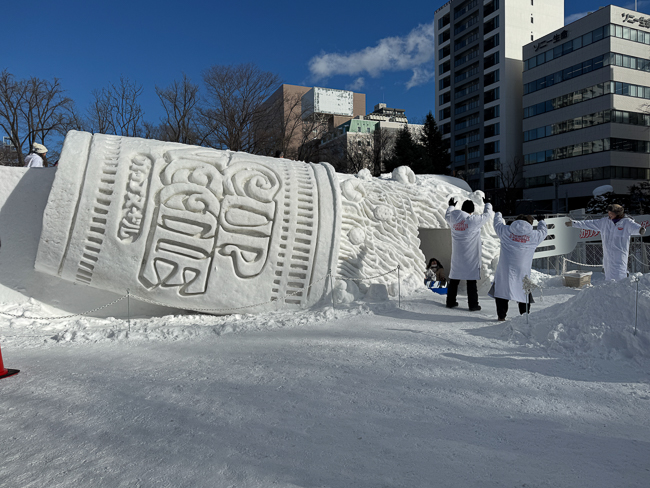
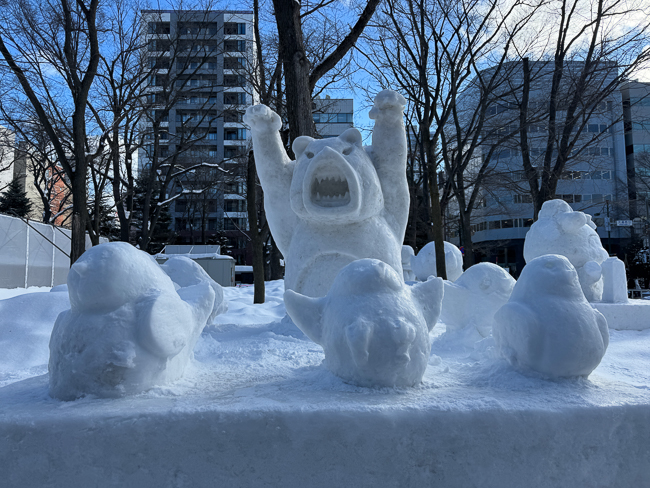 *
*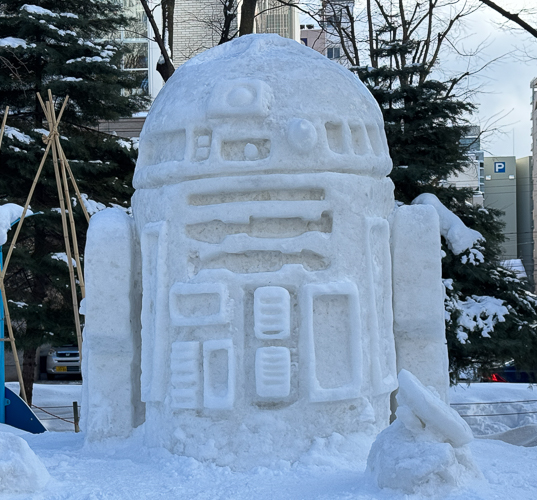 *
*